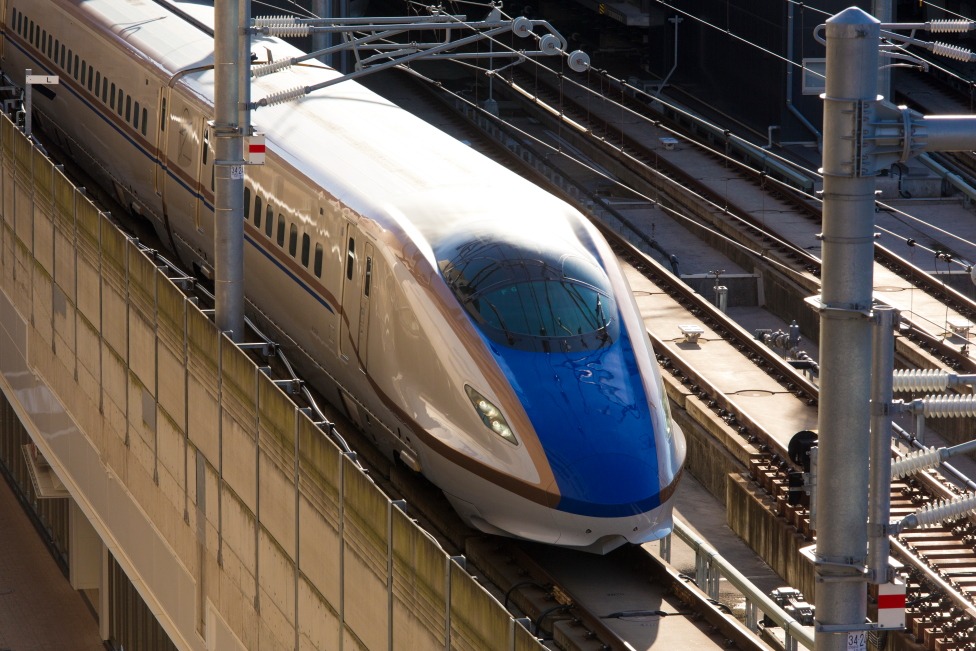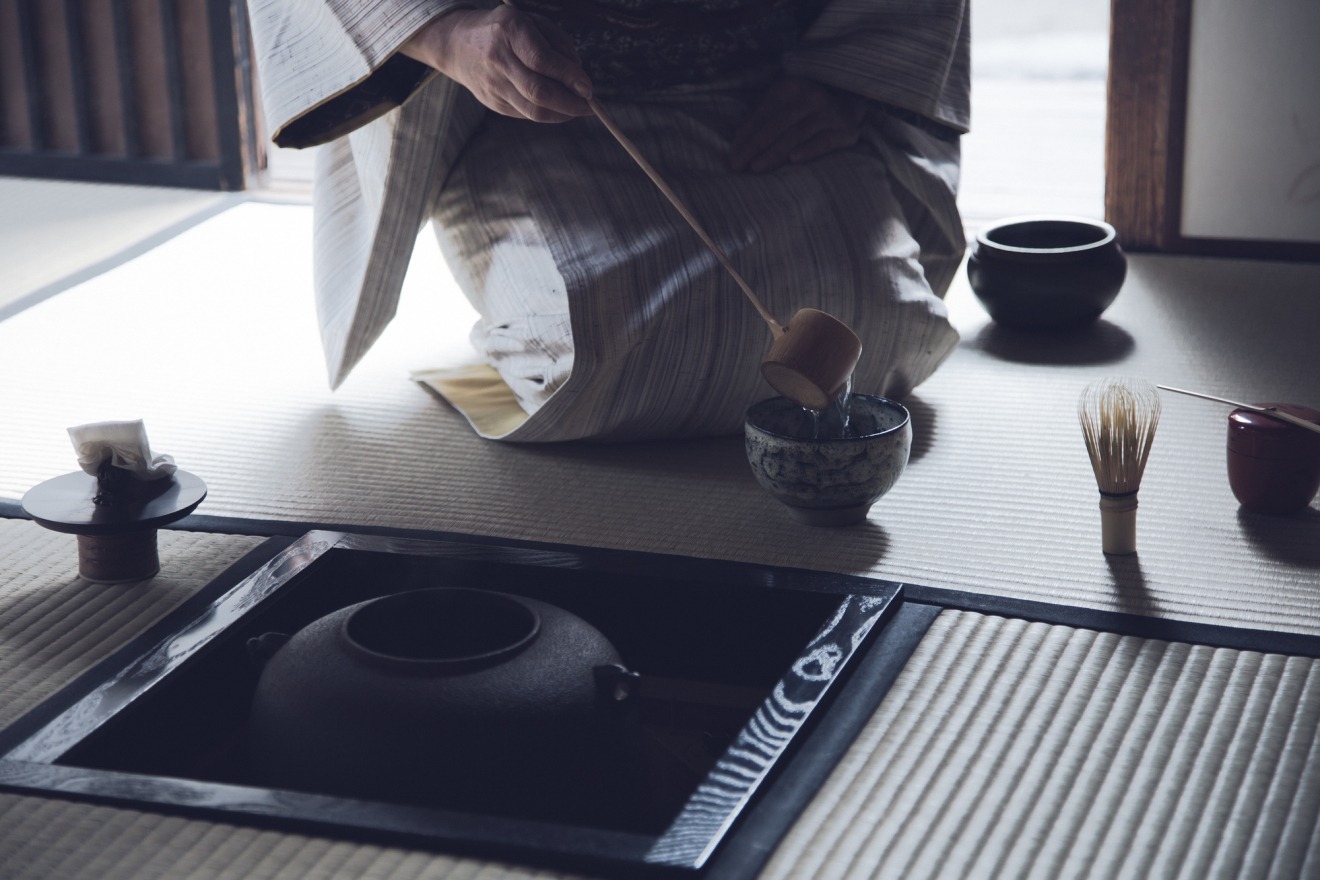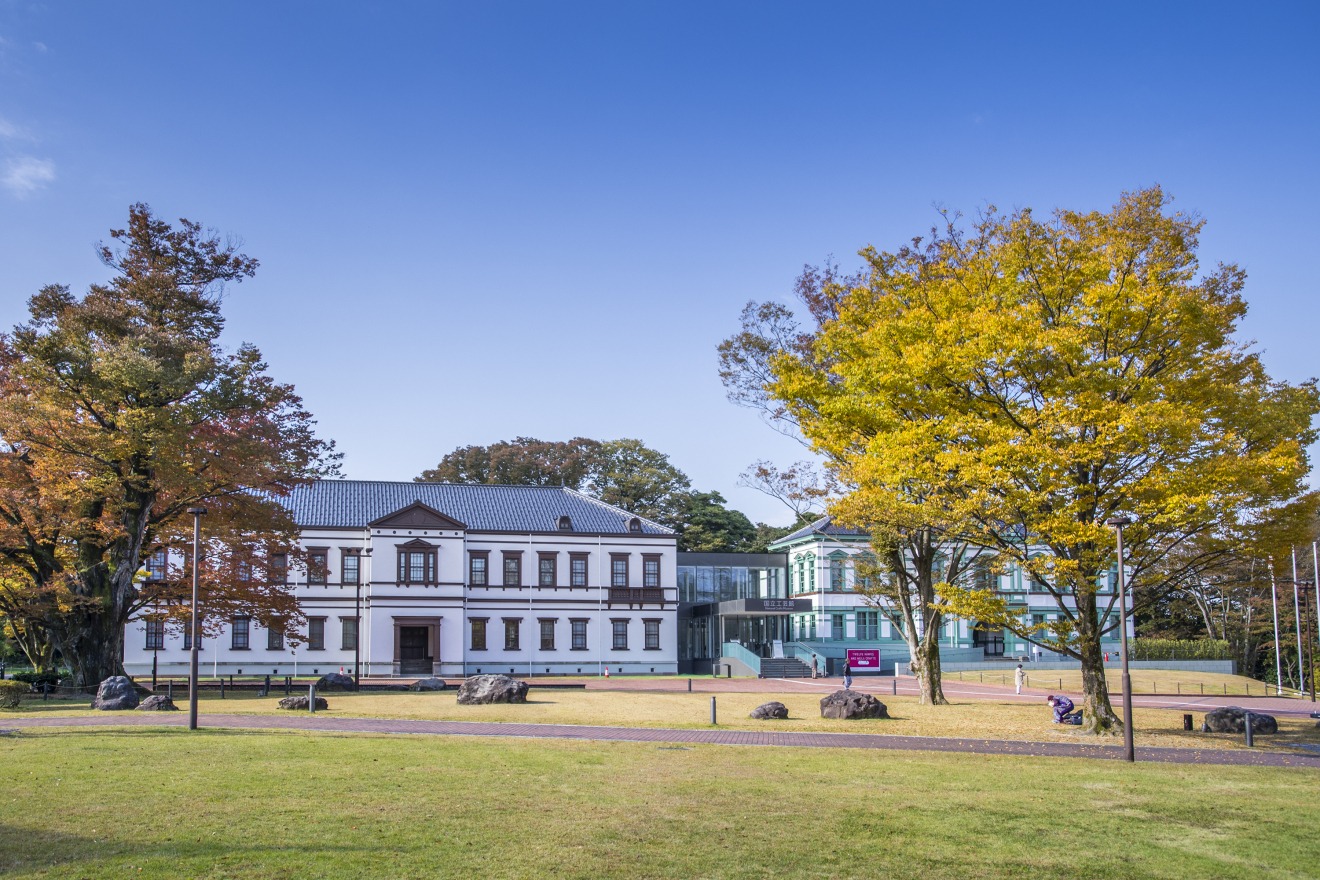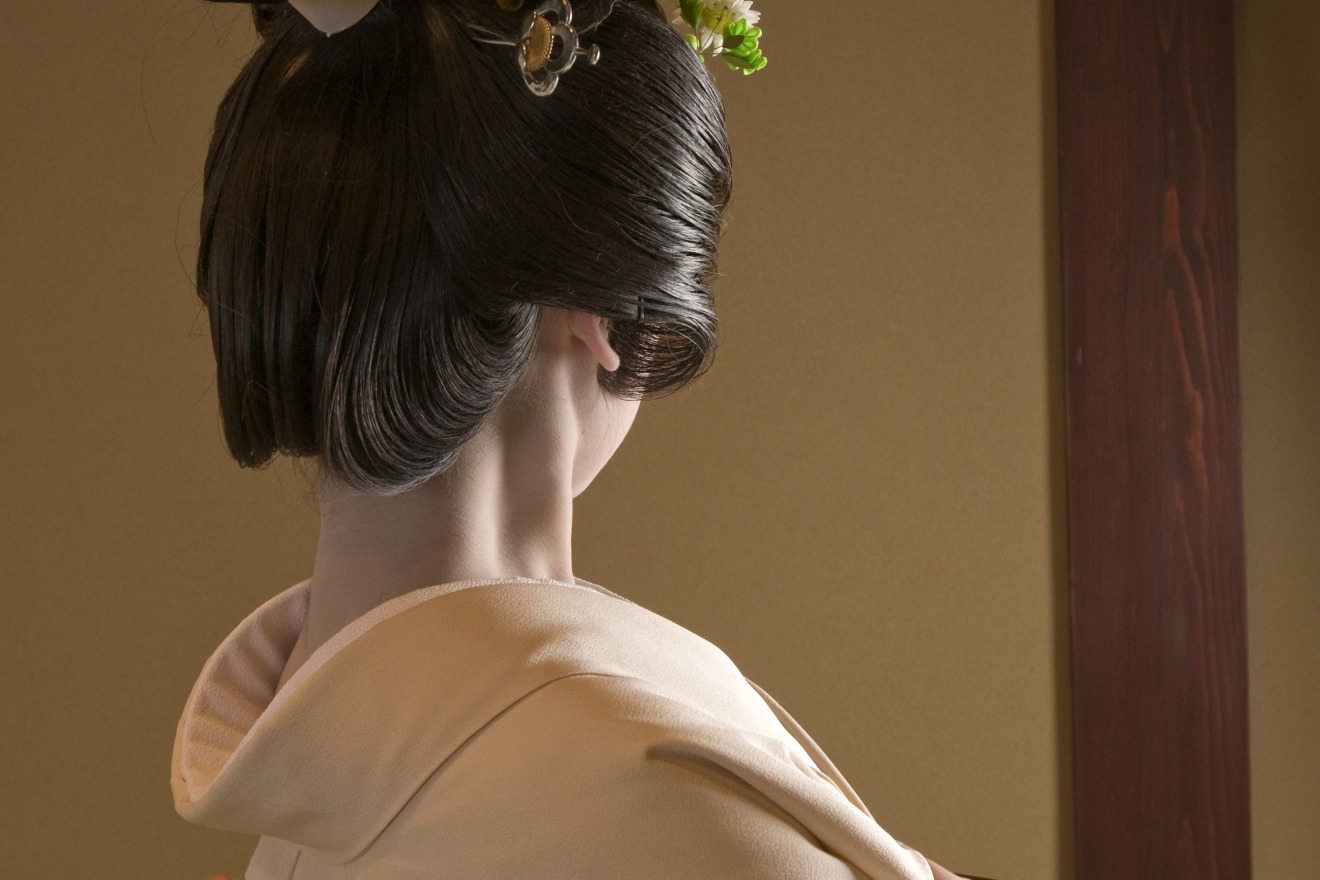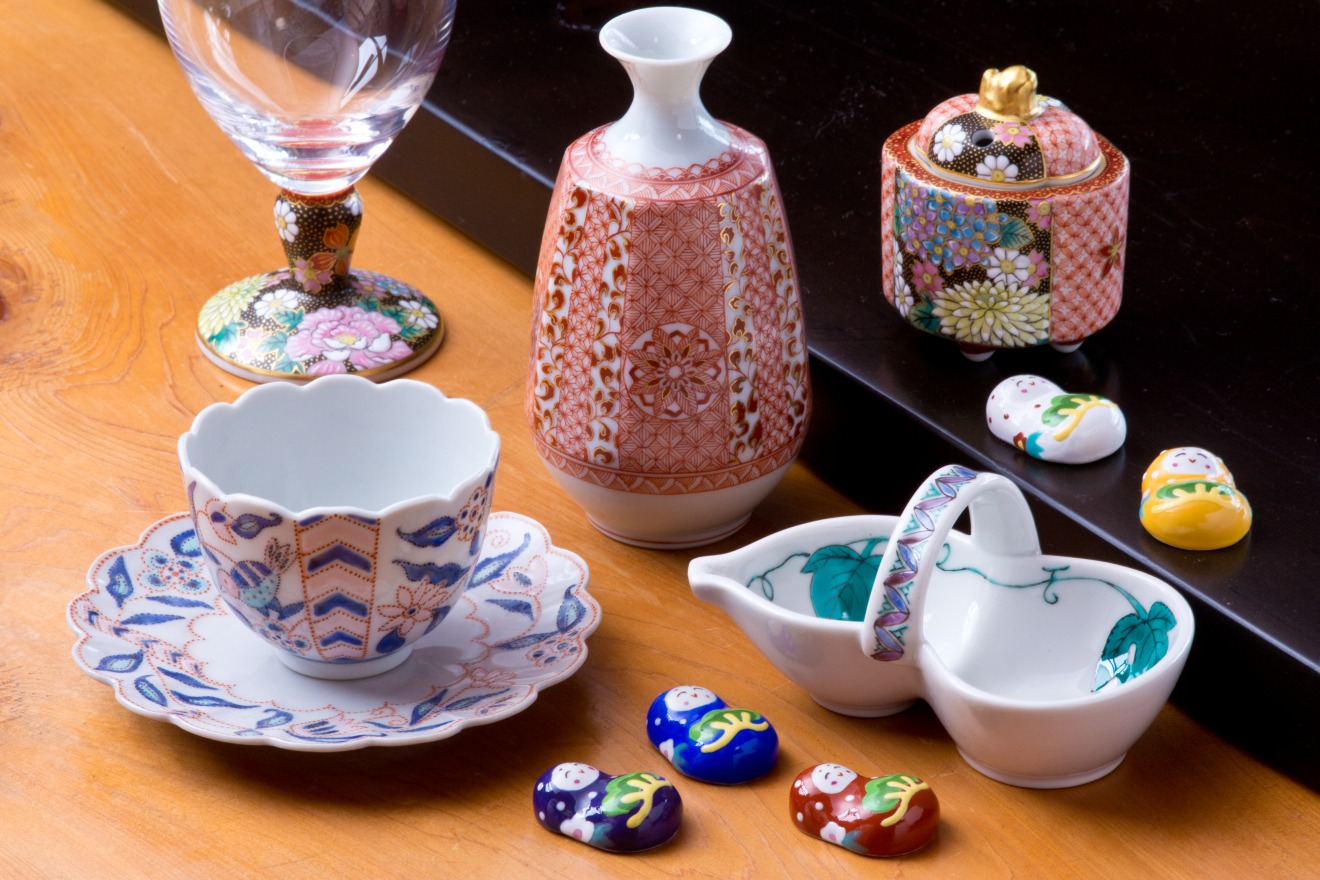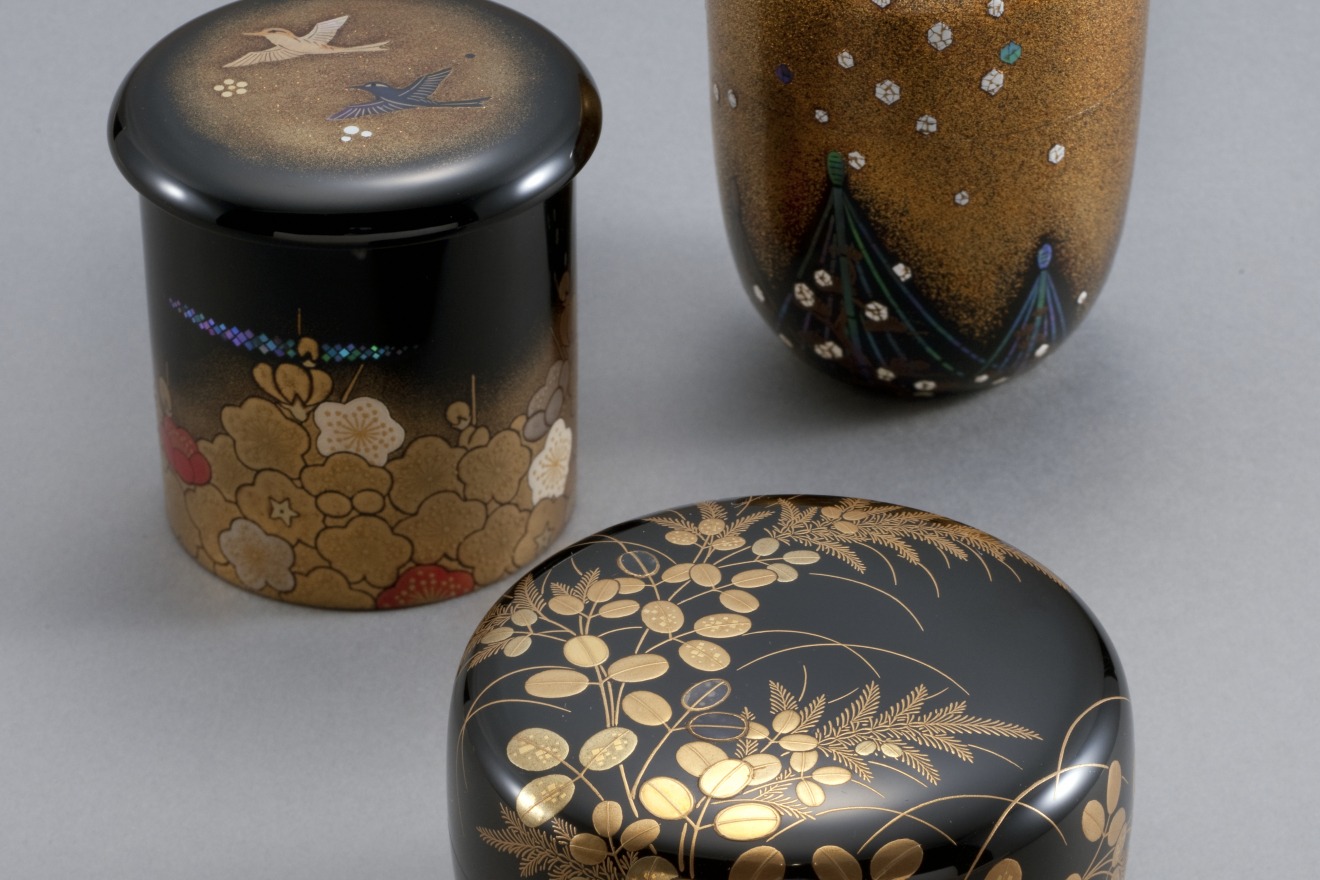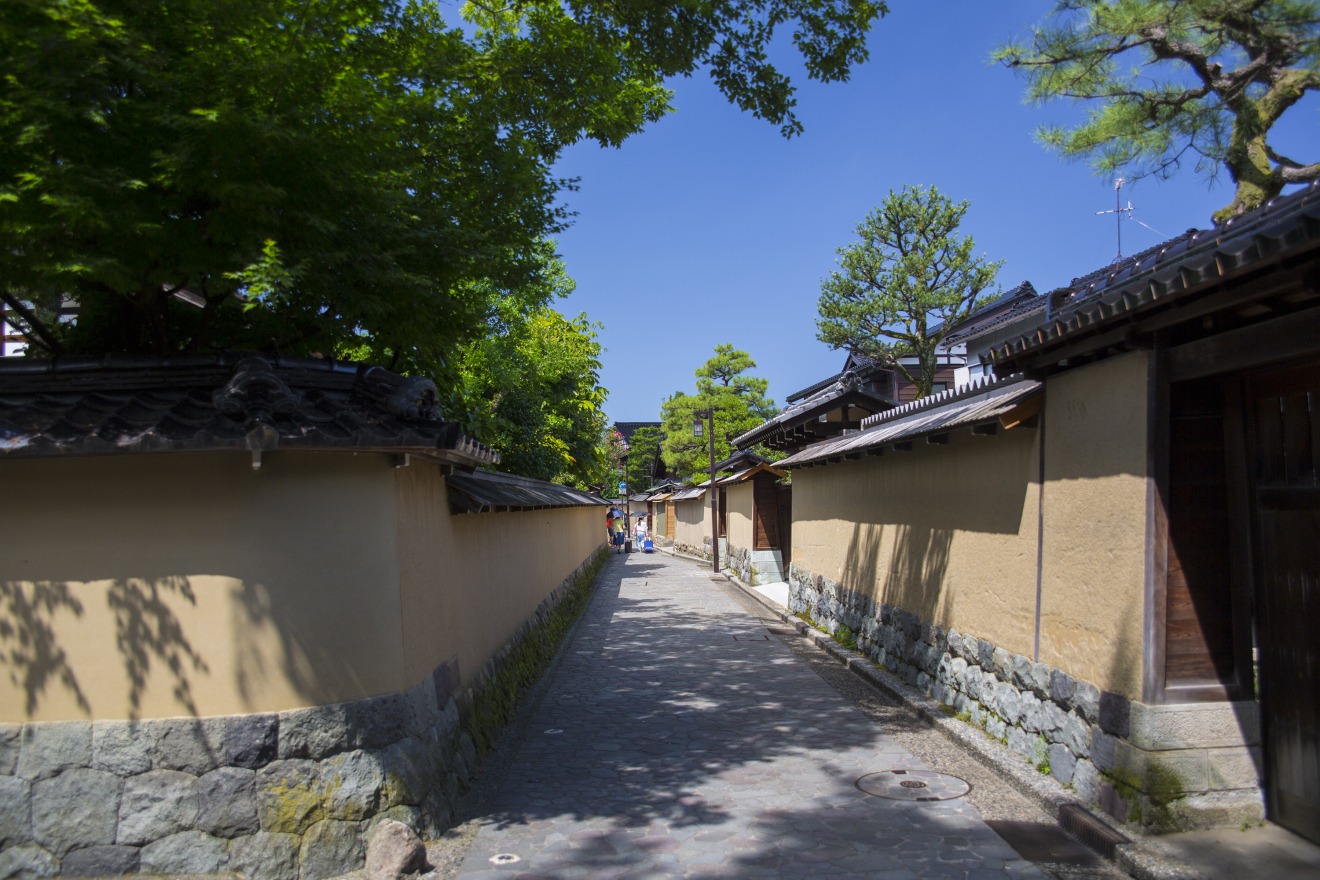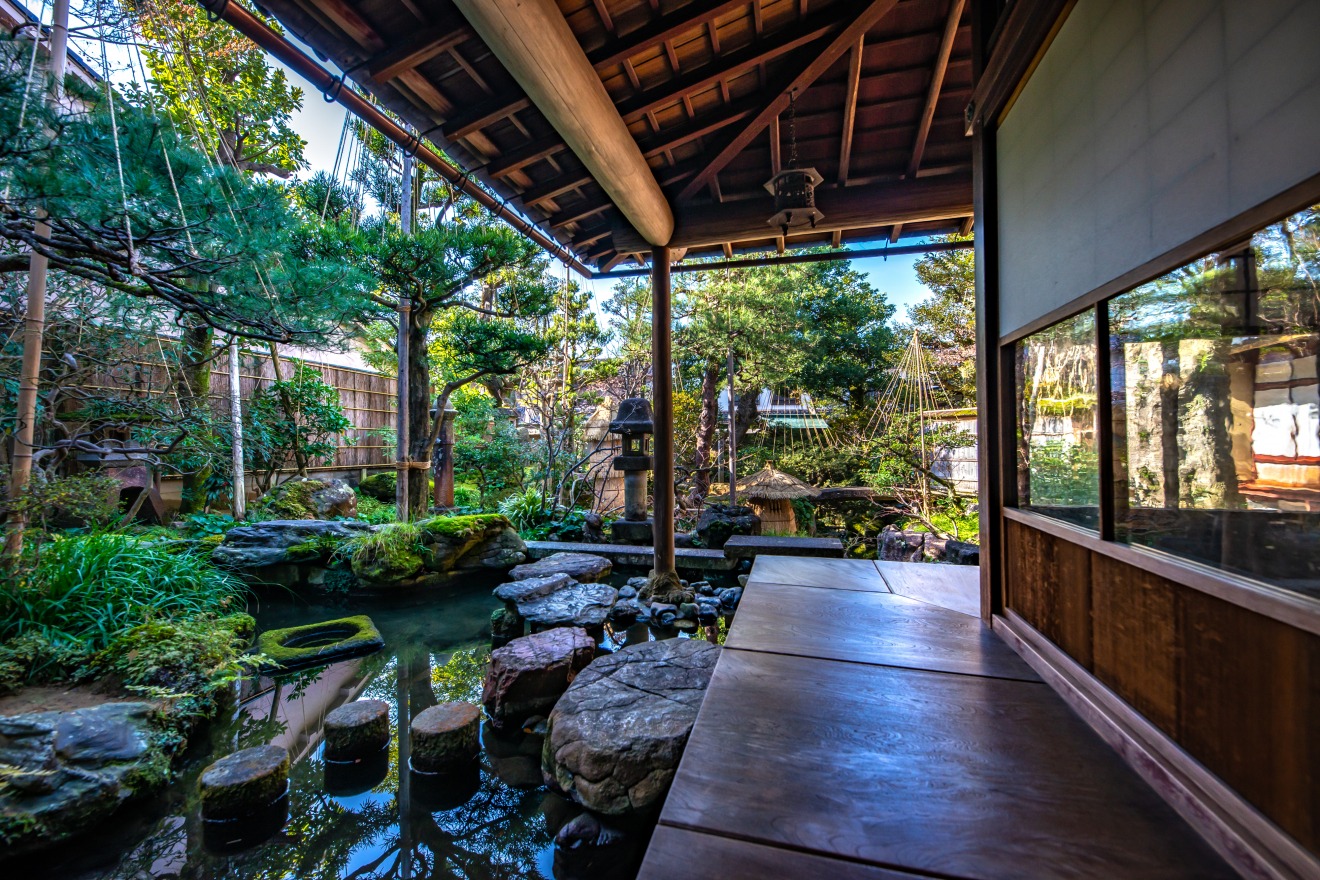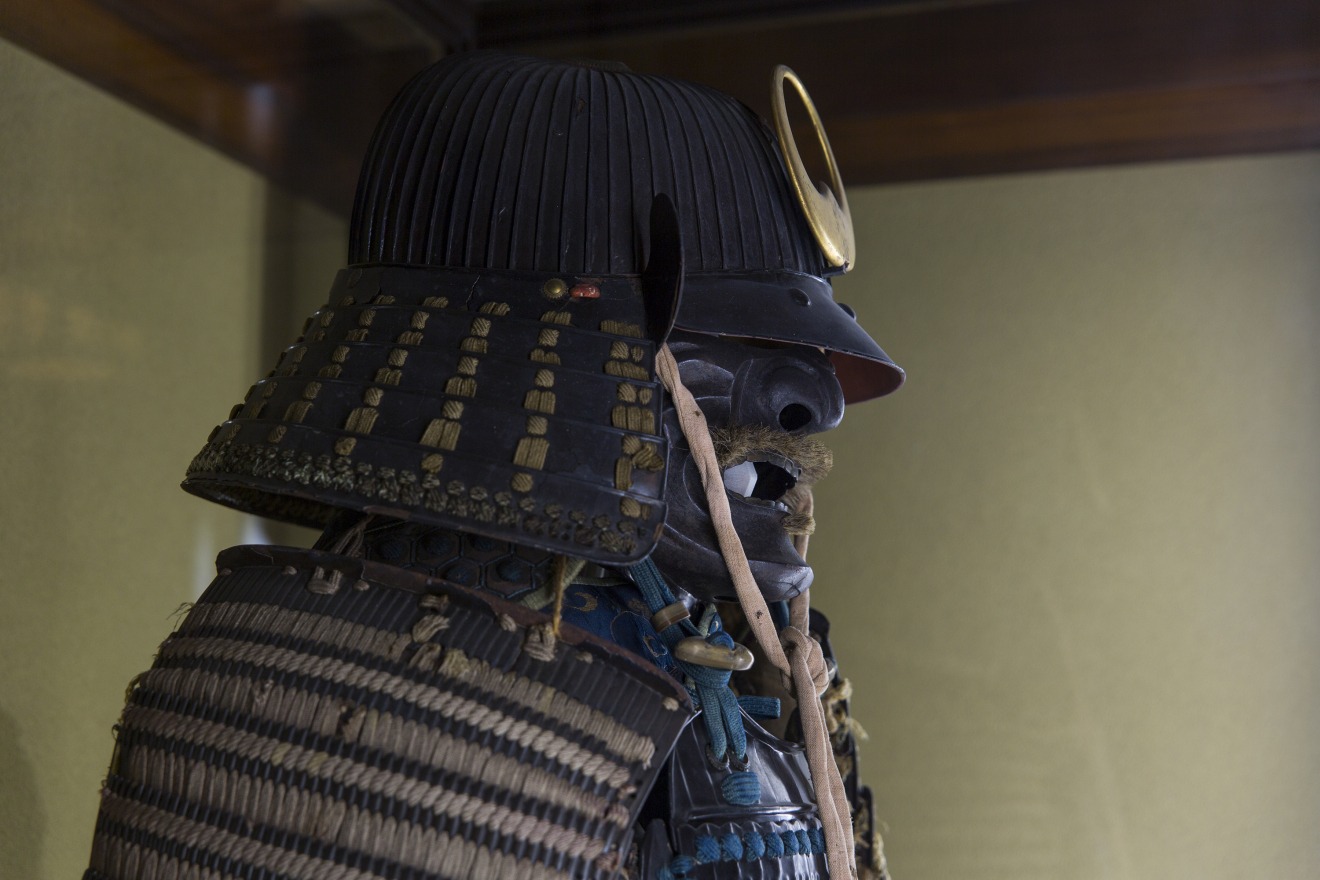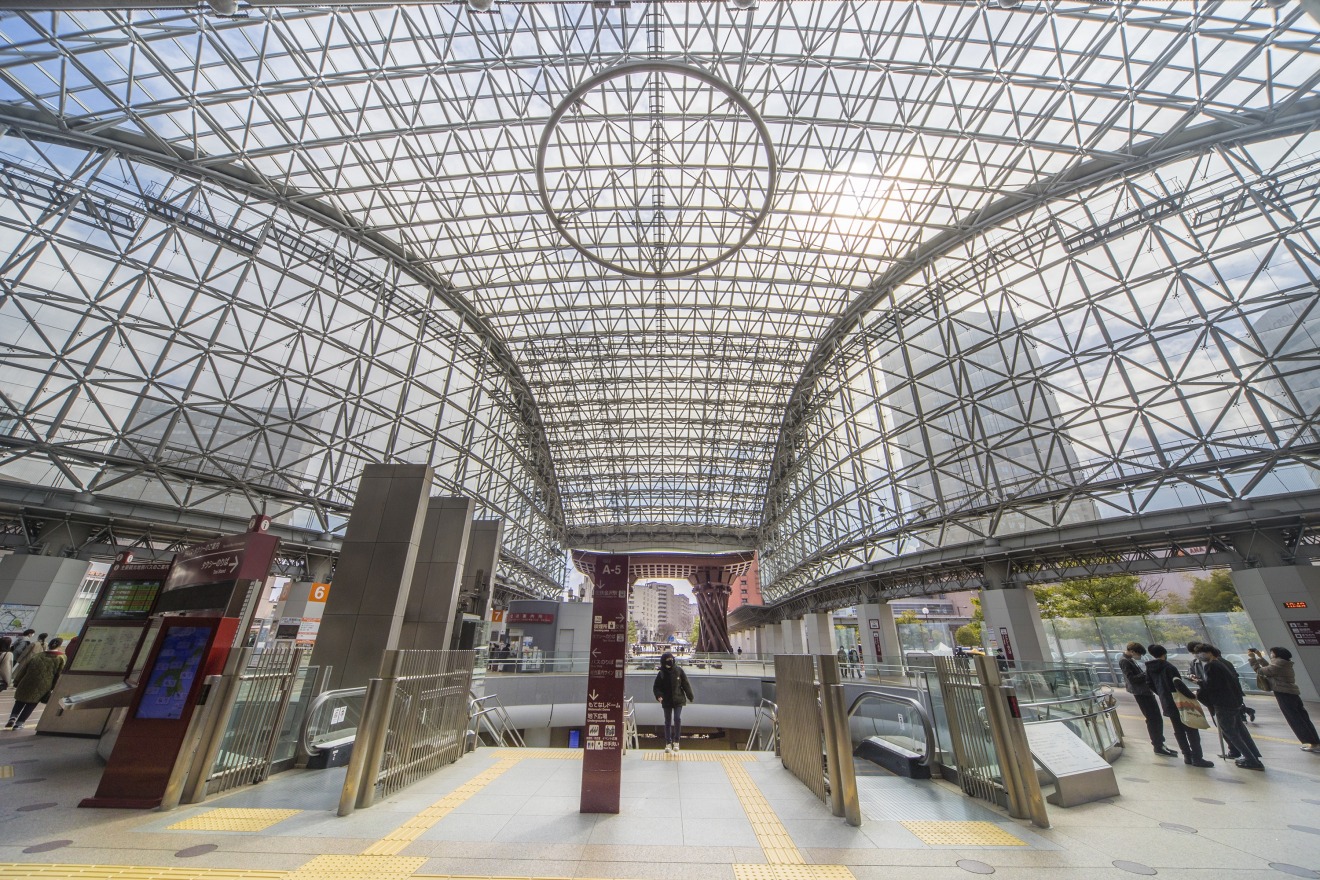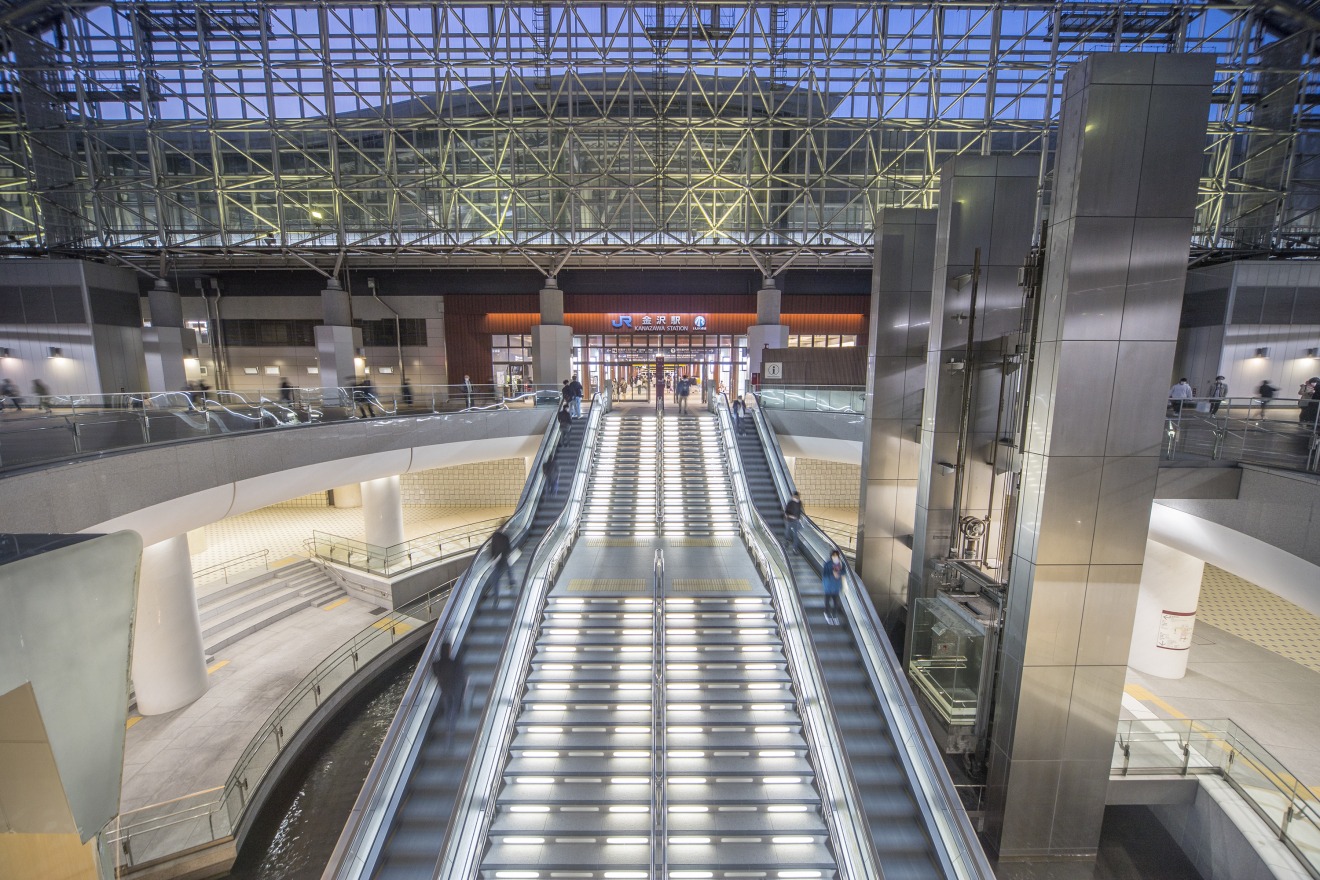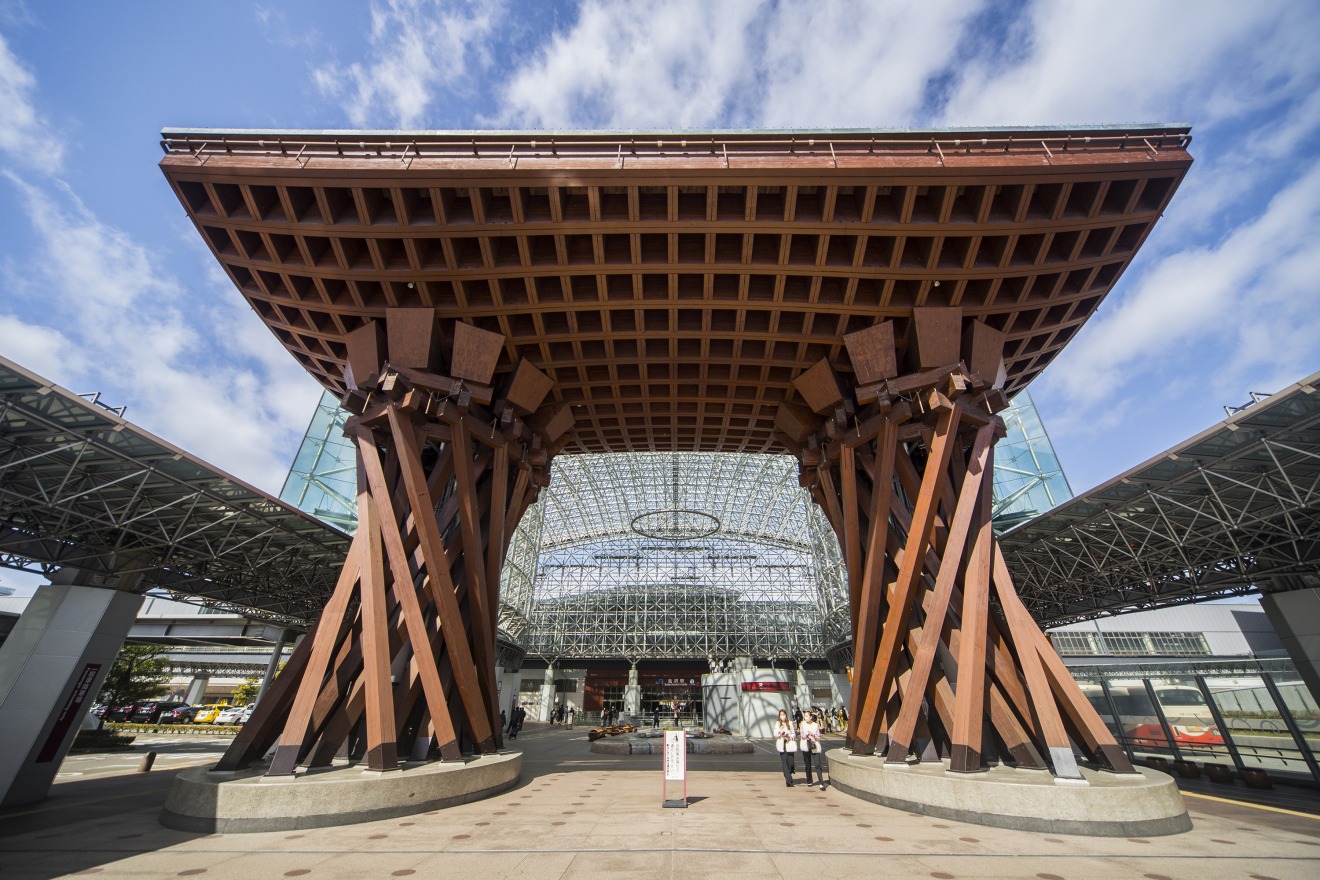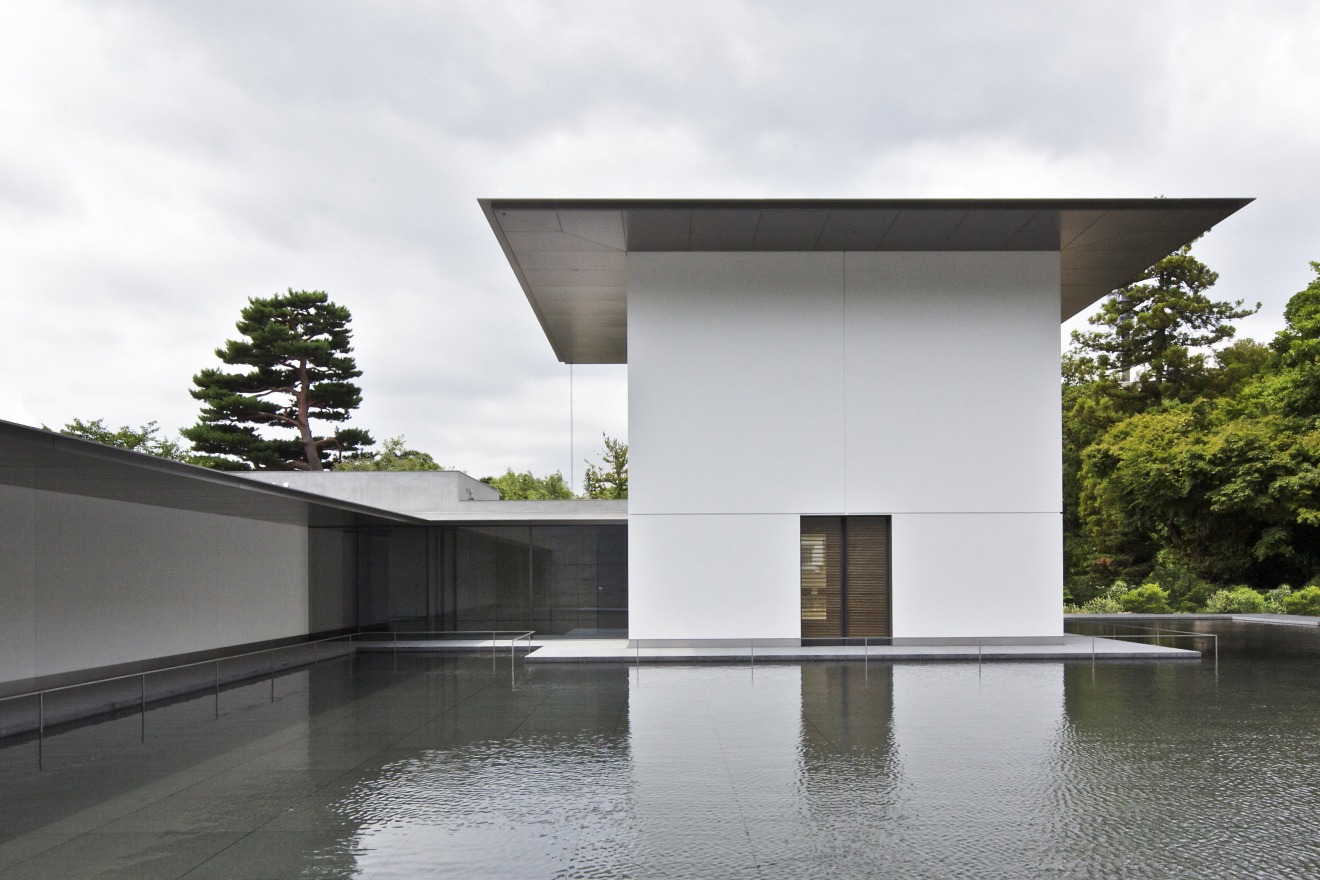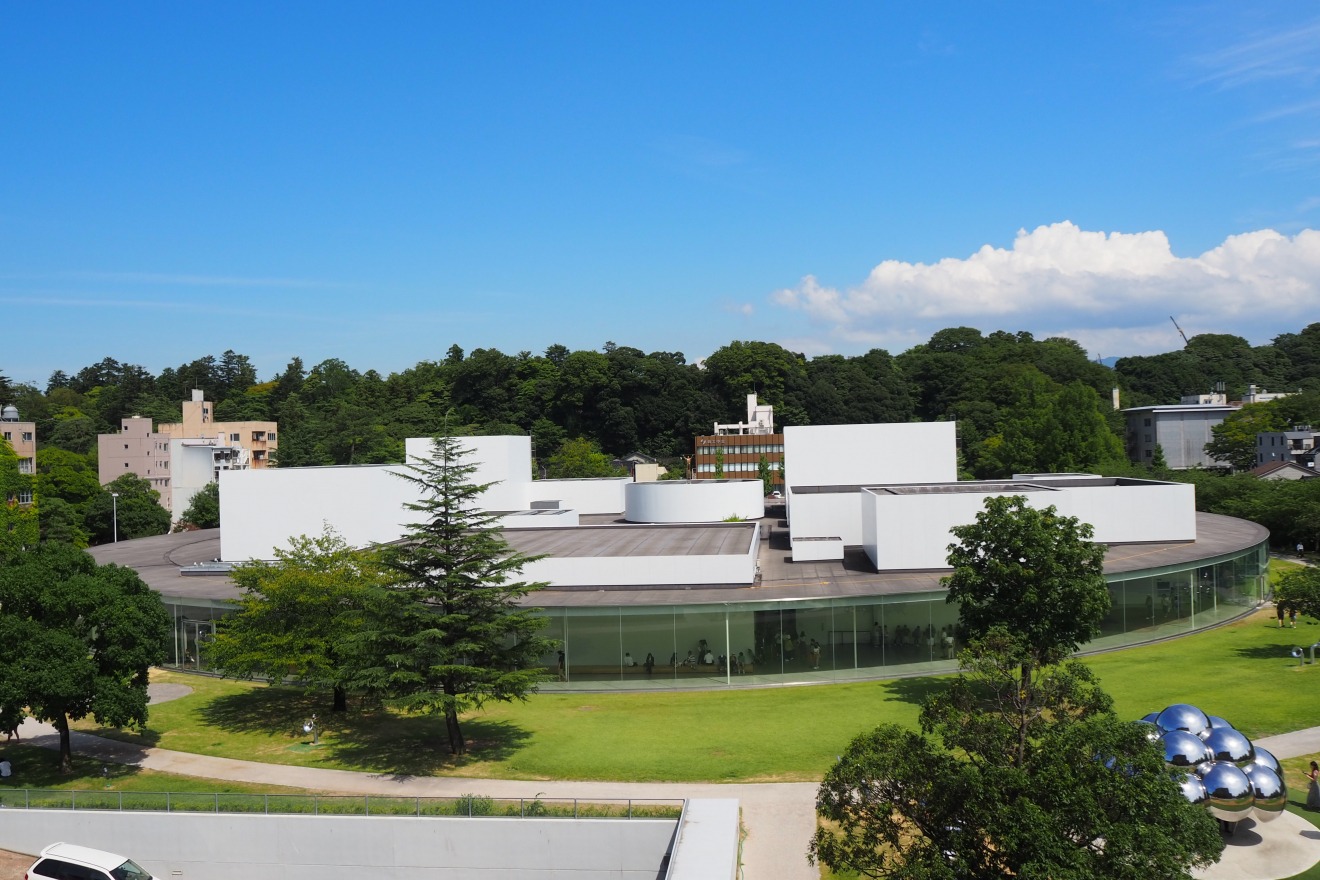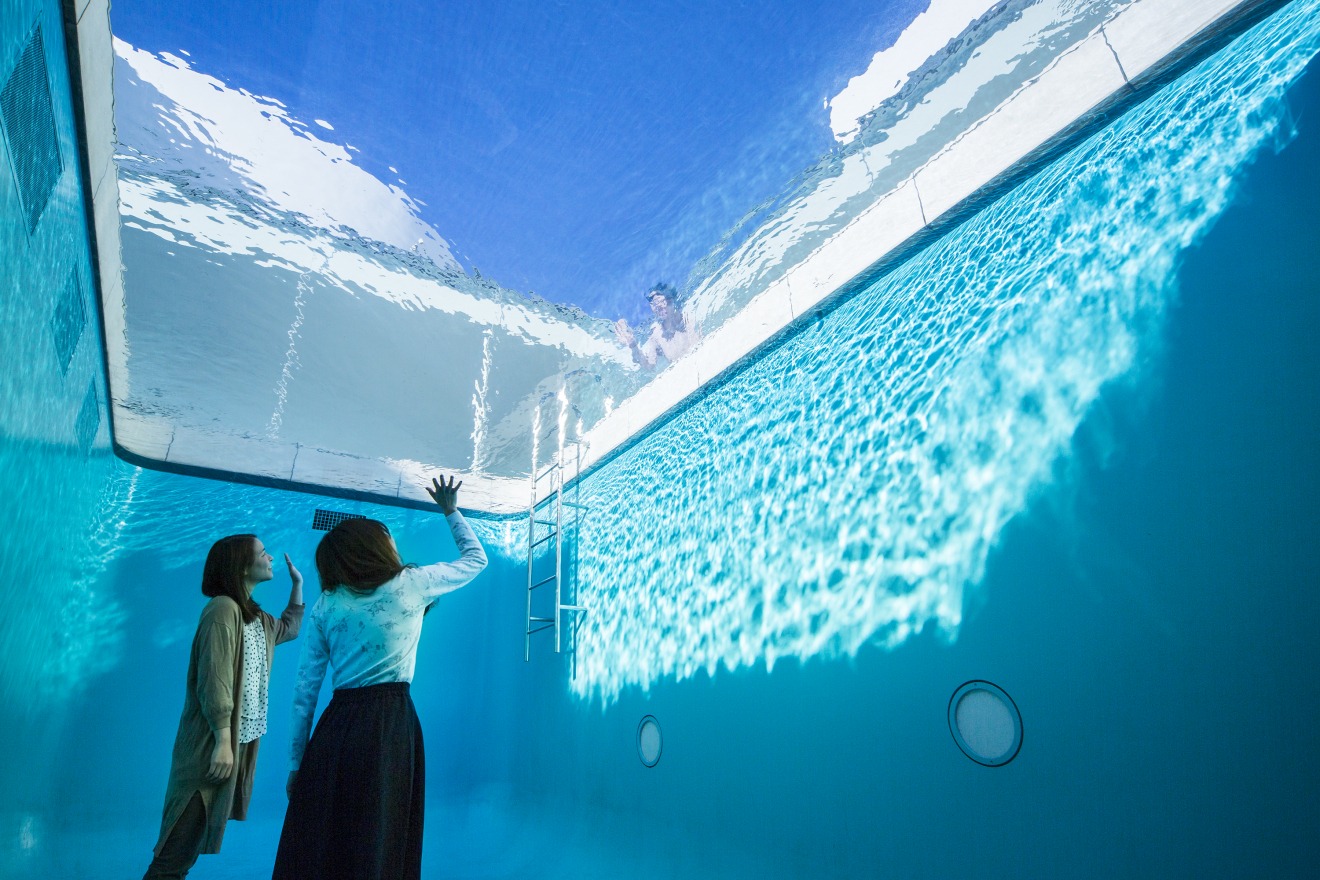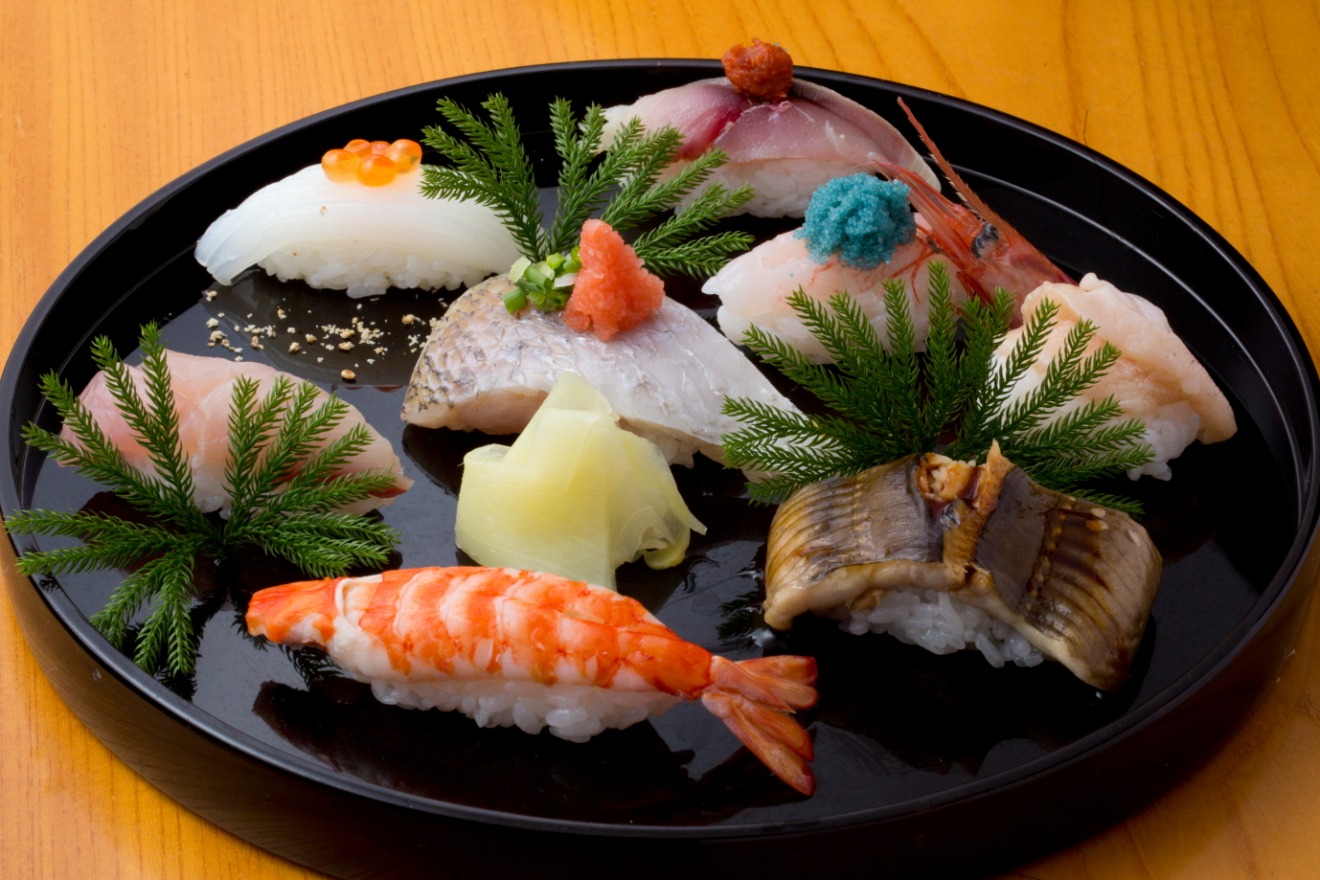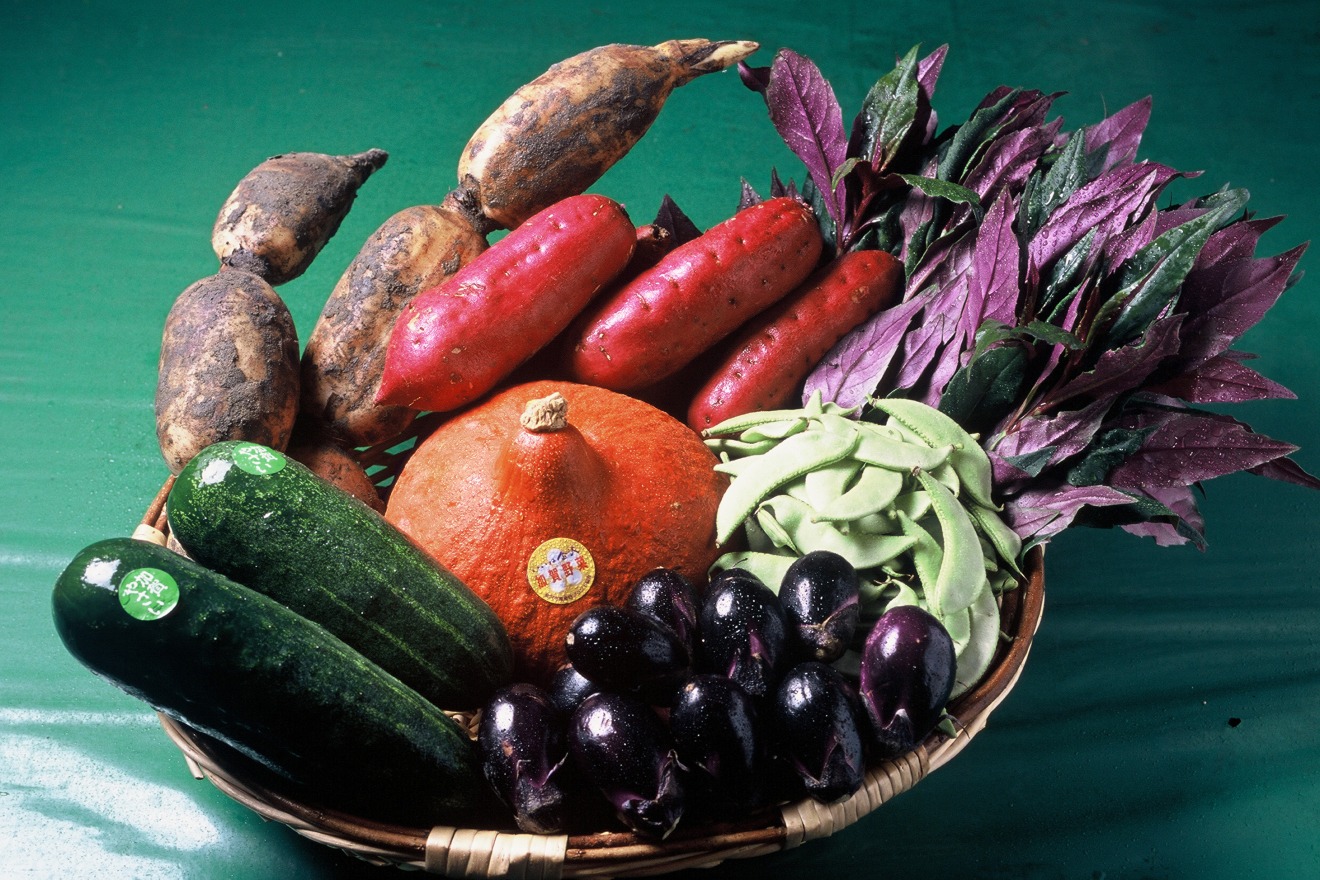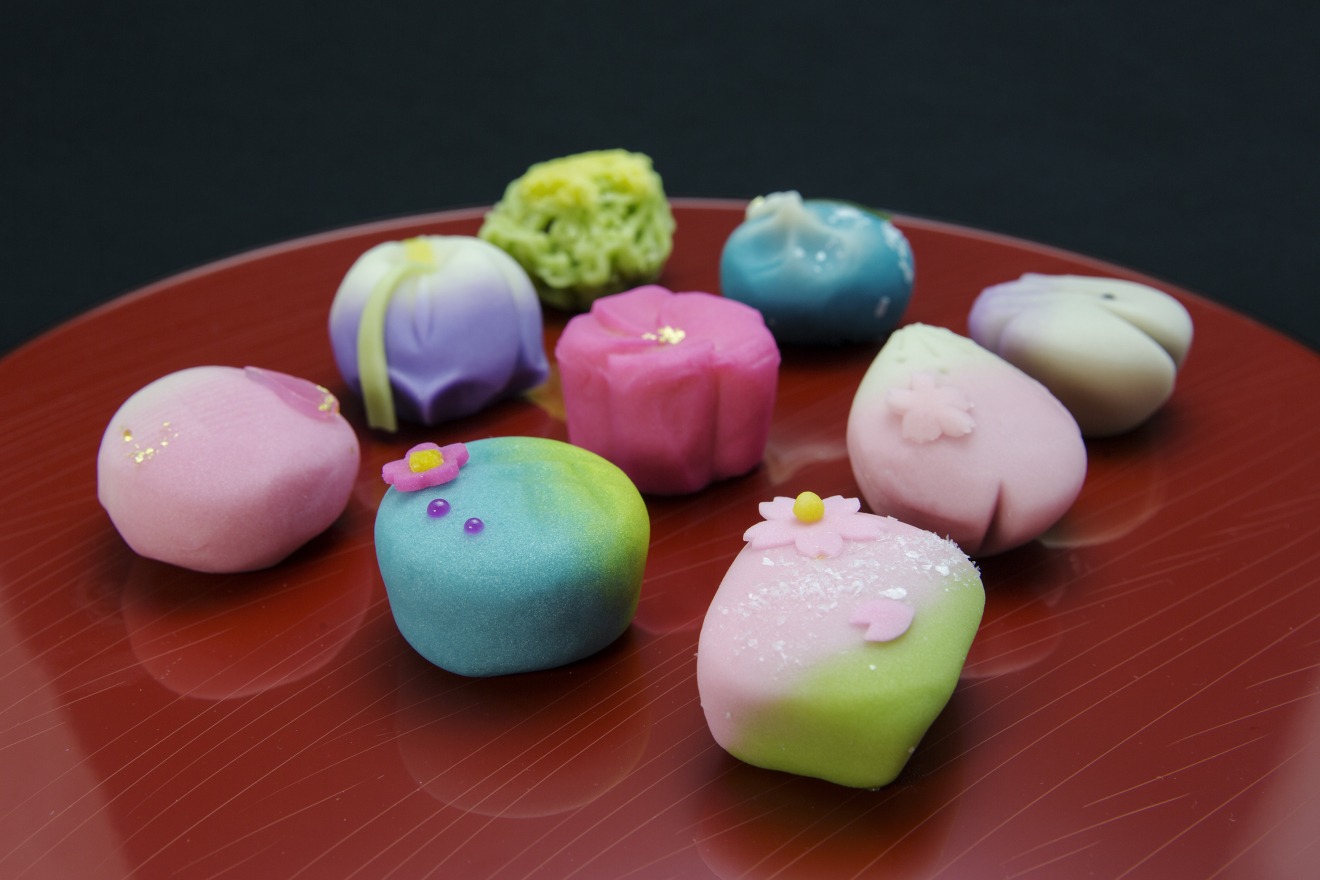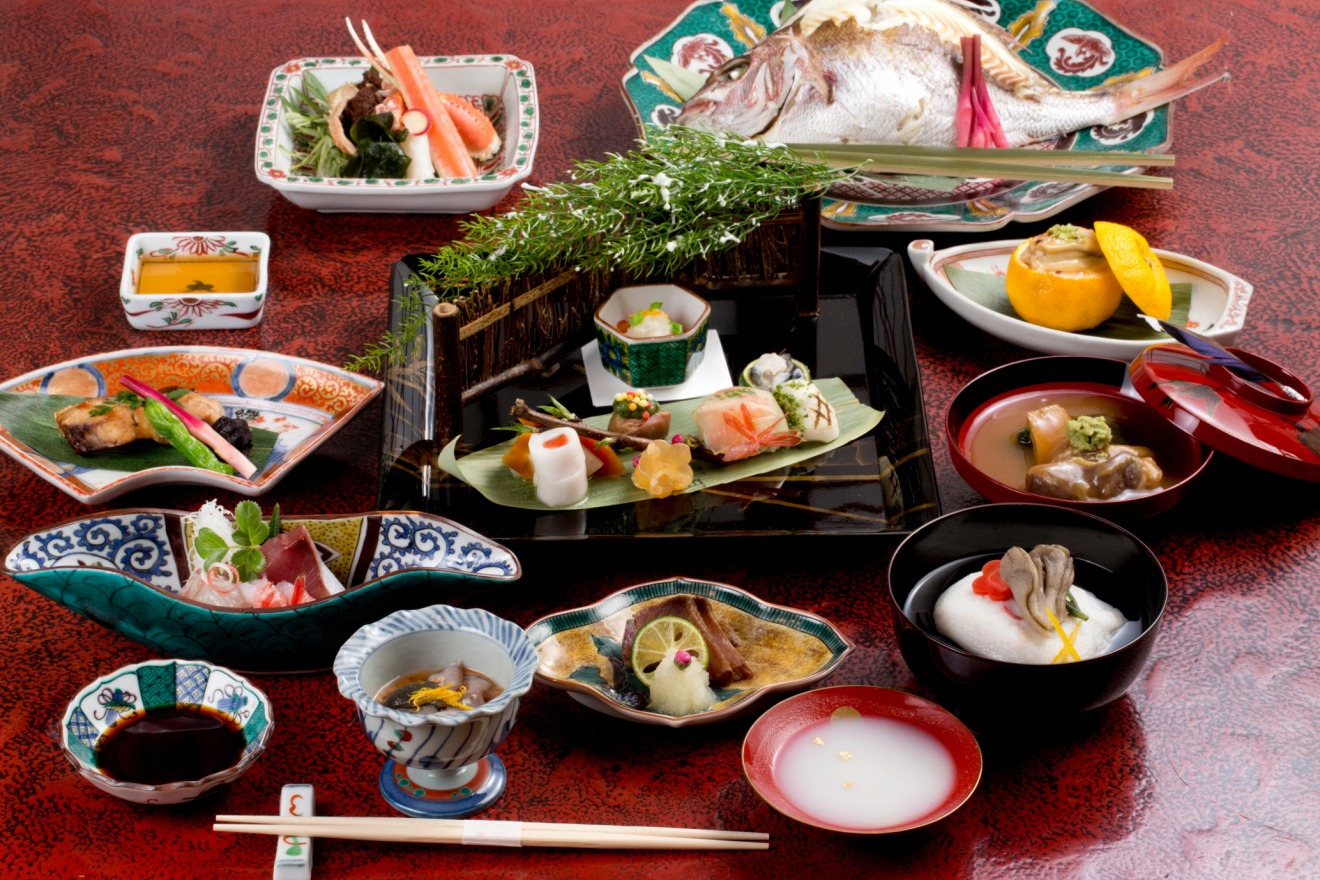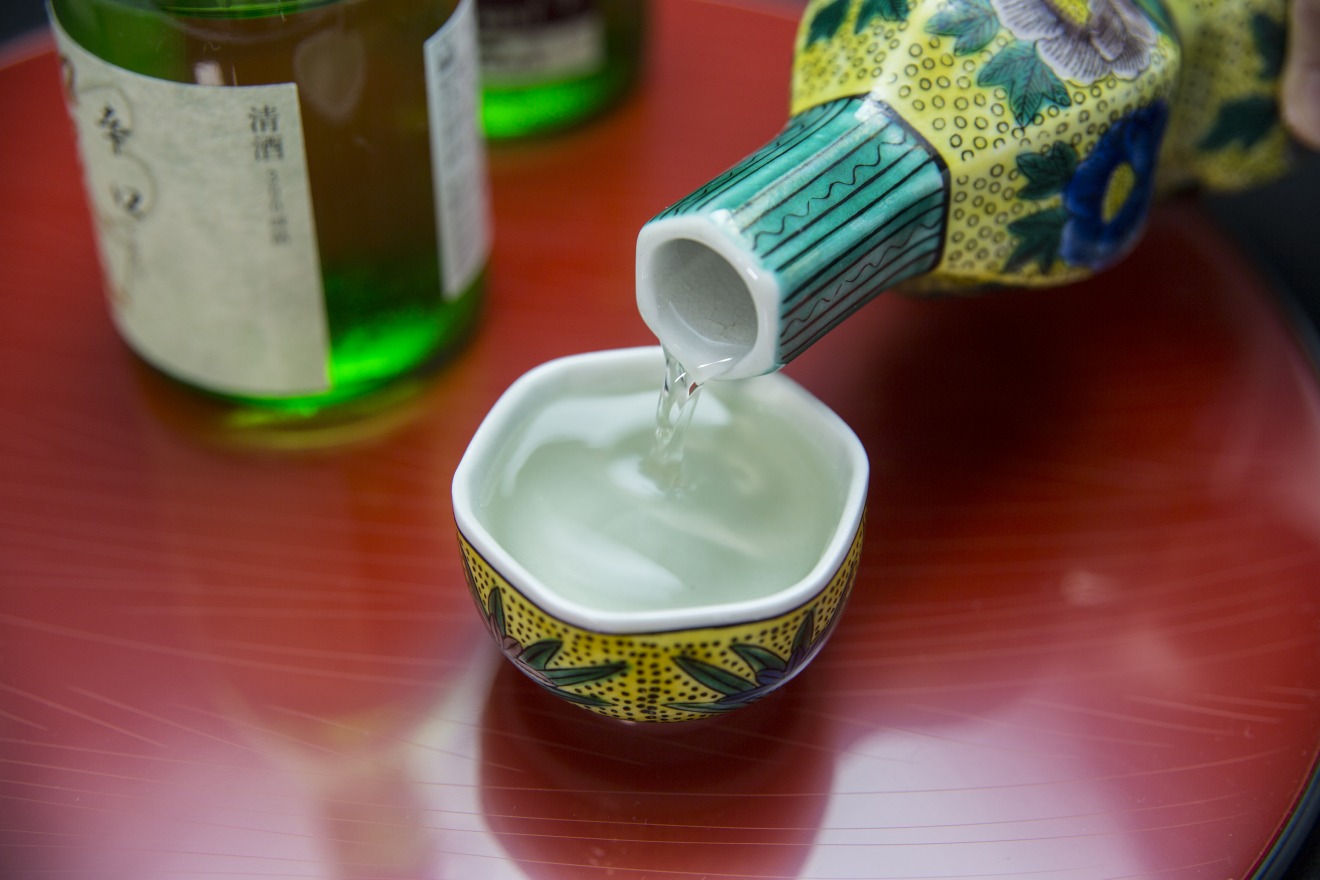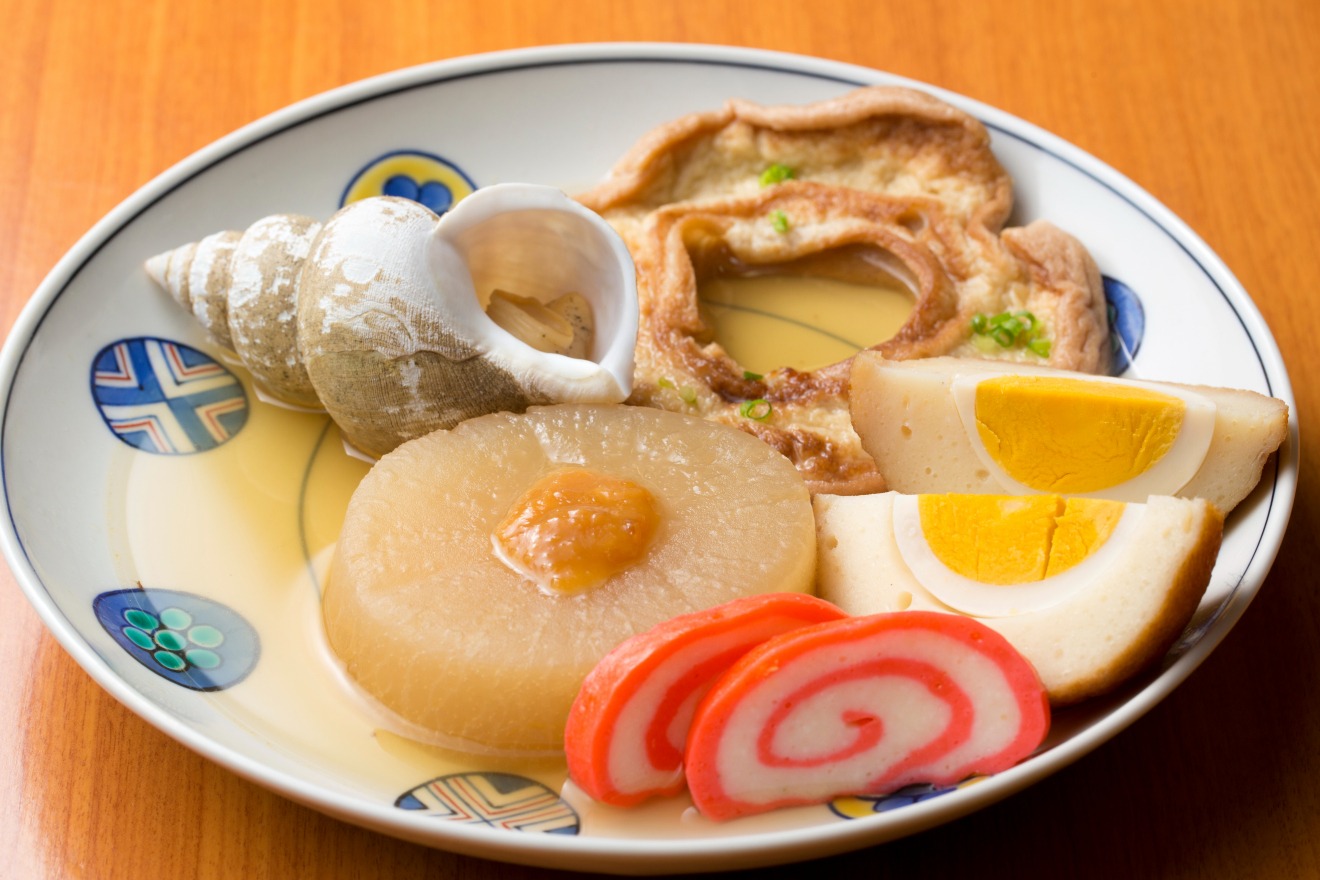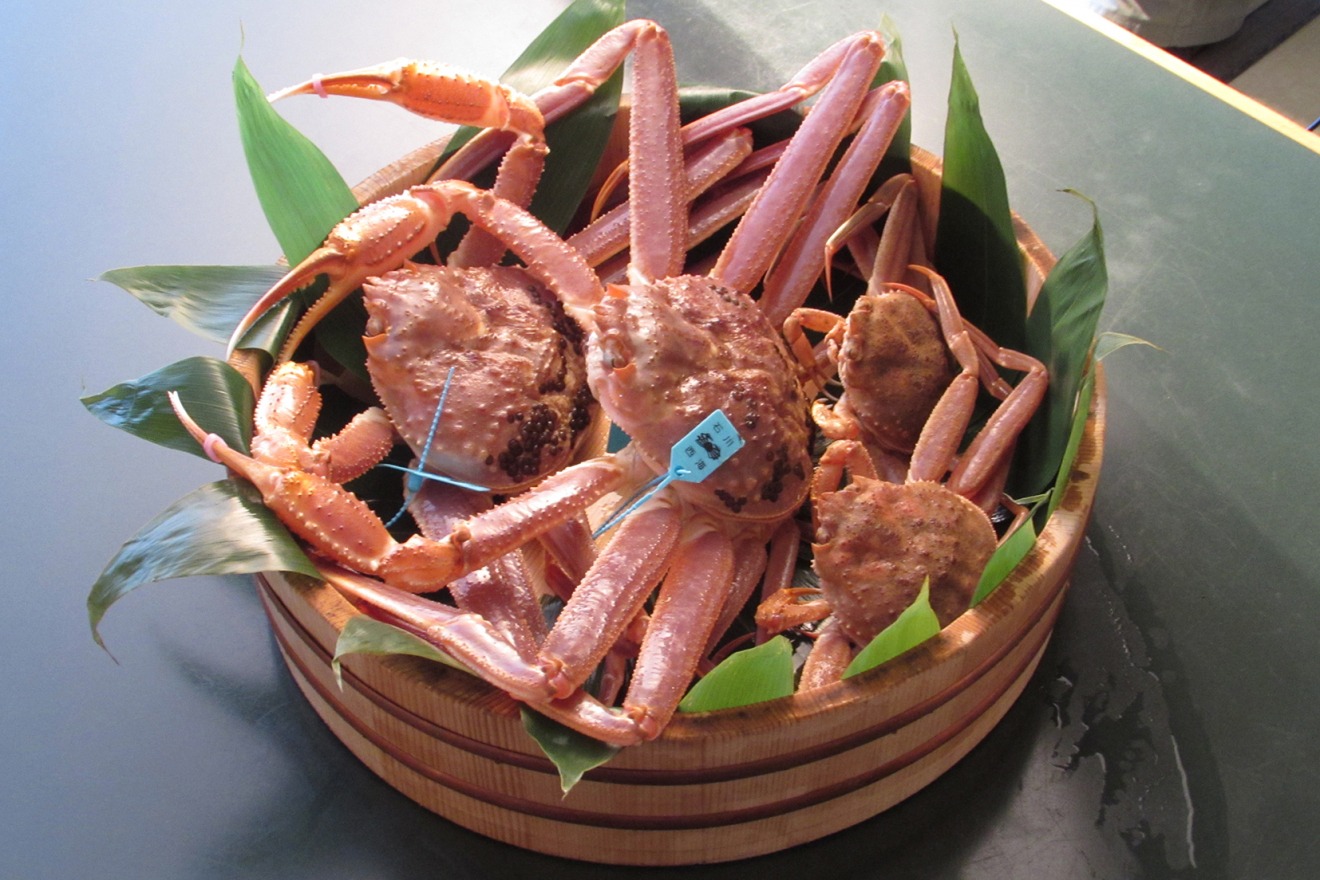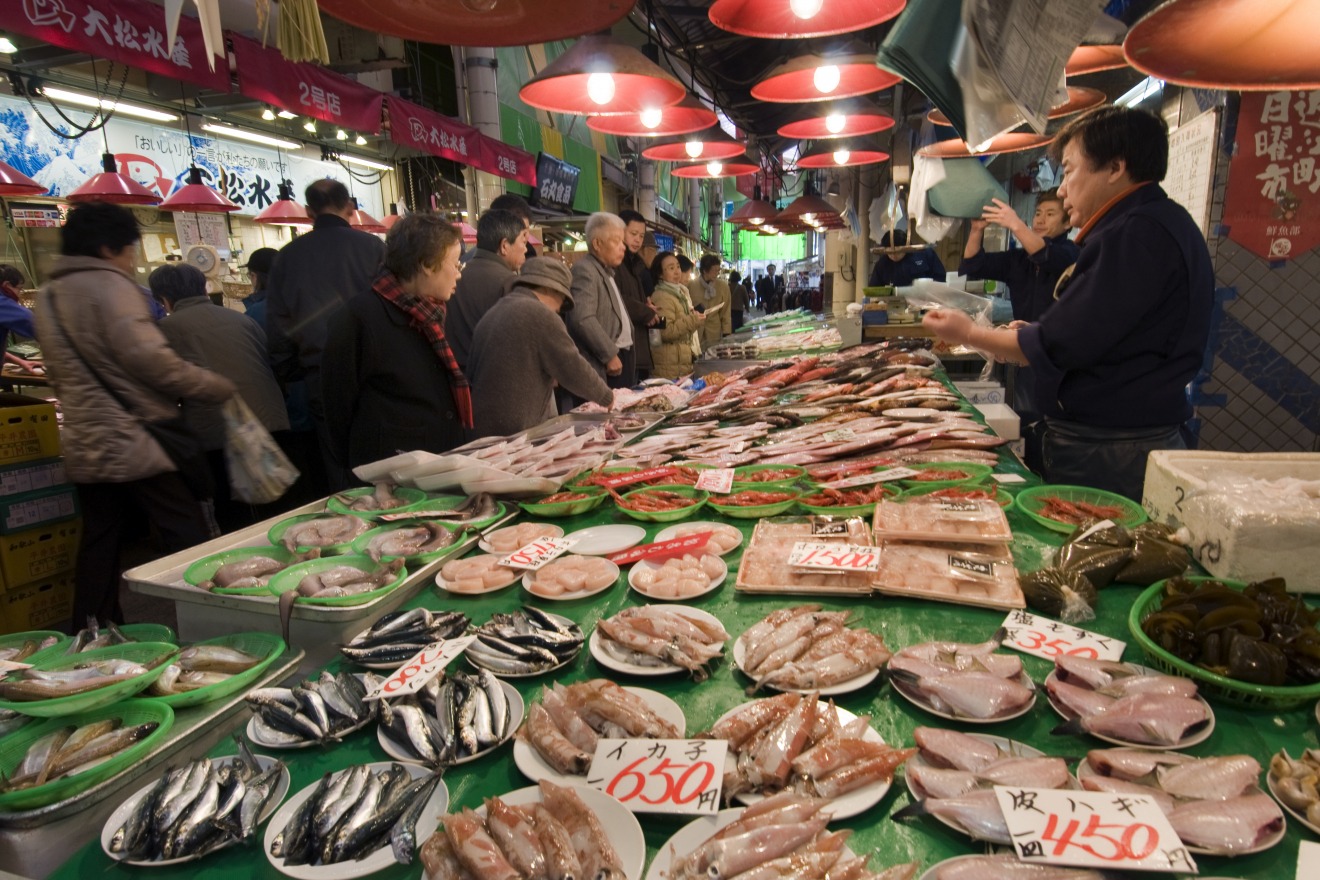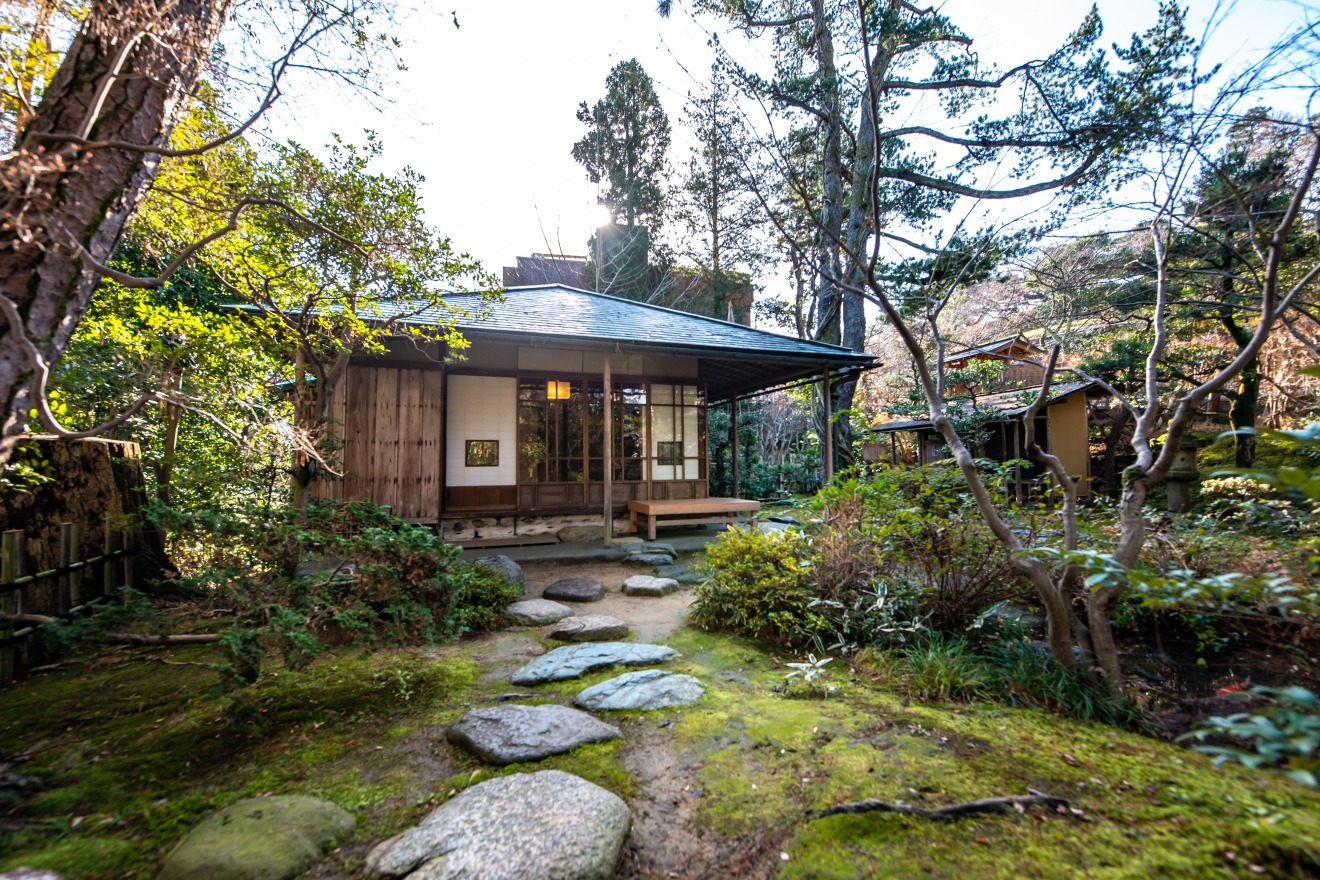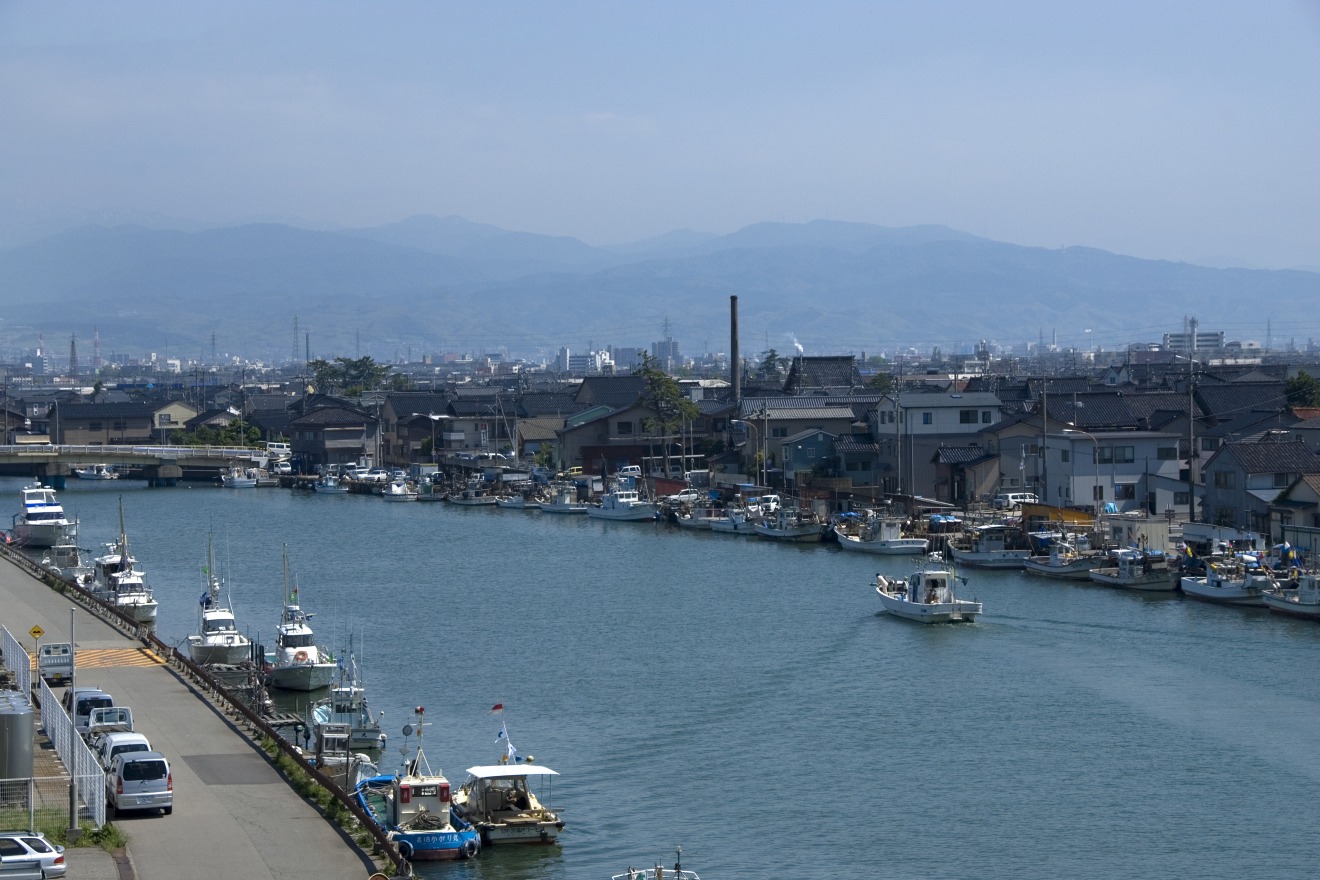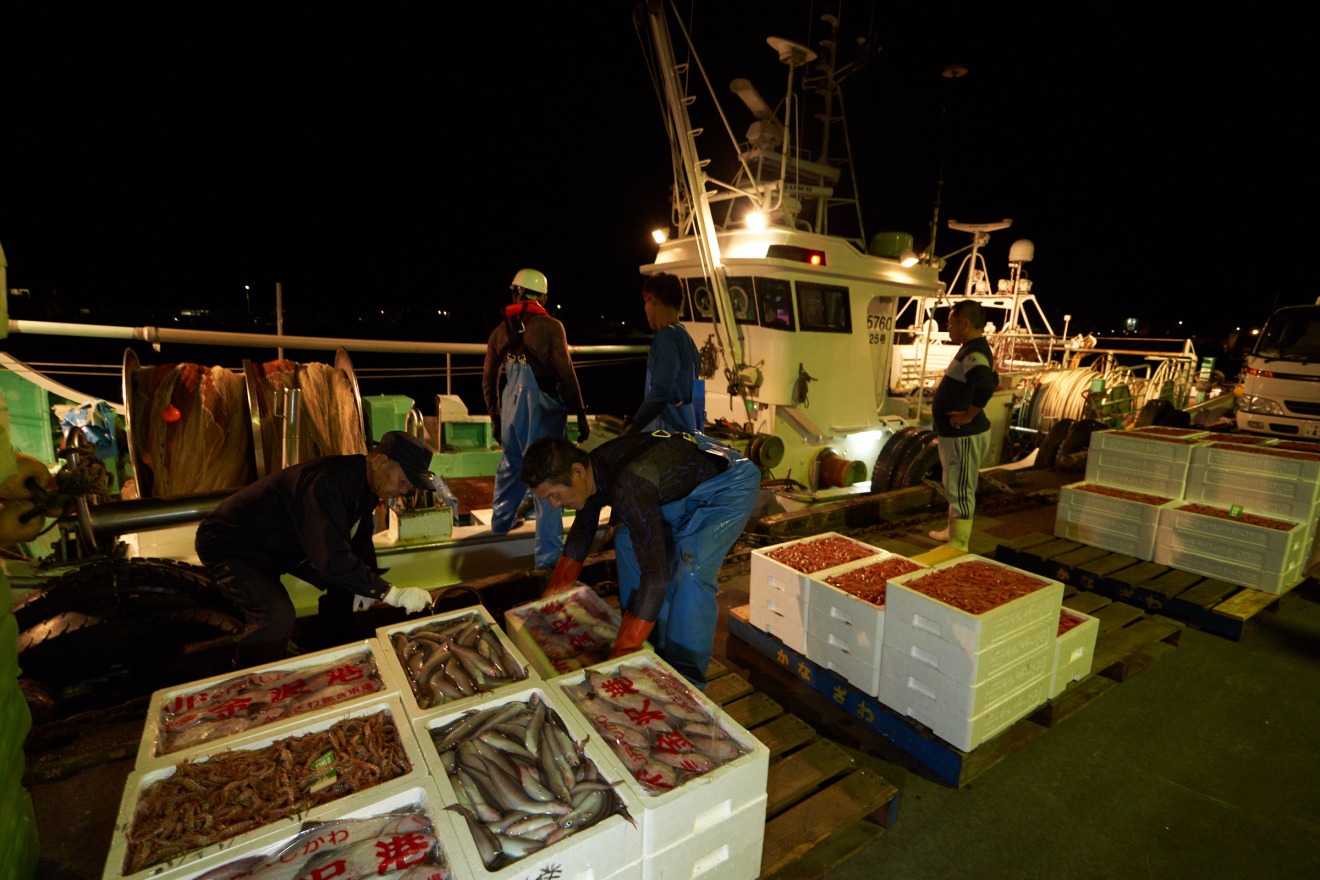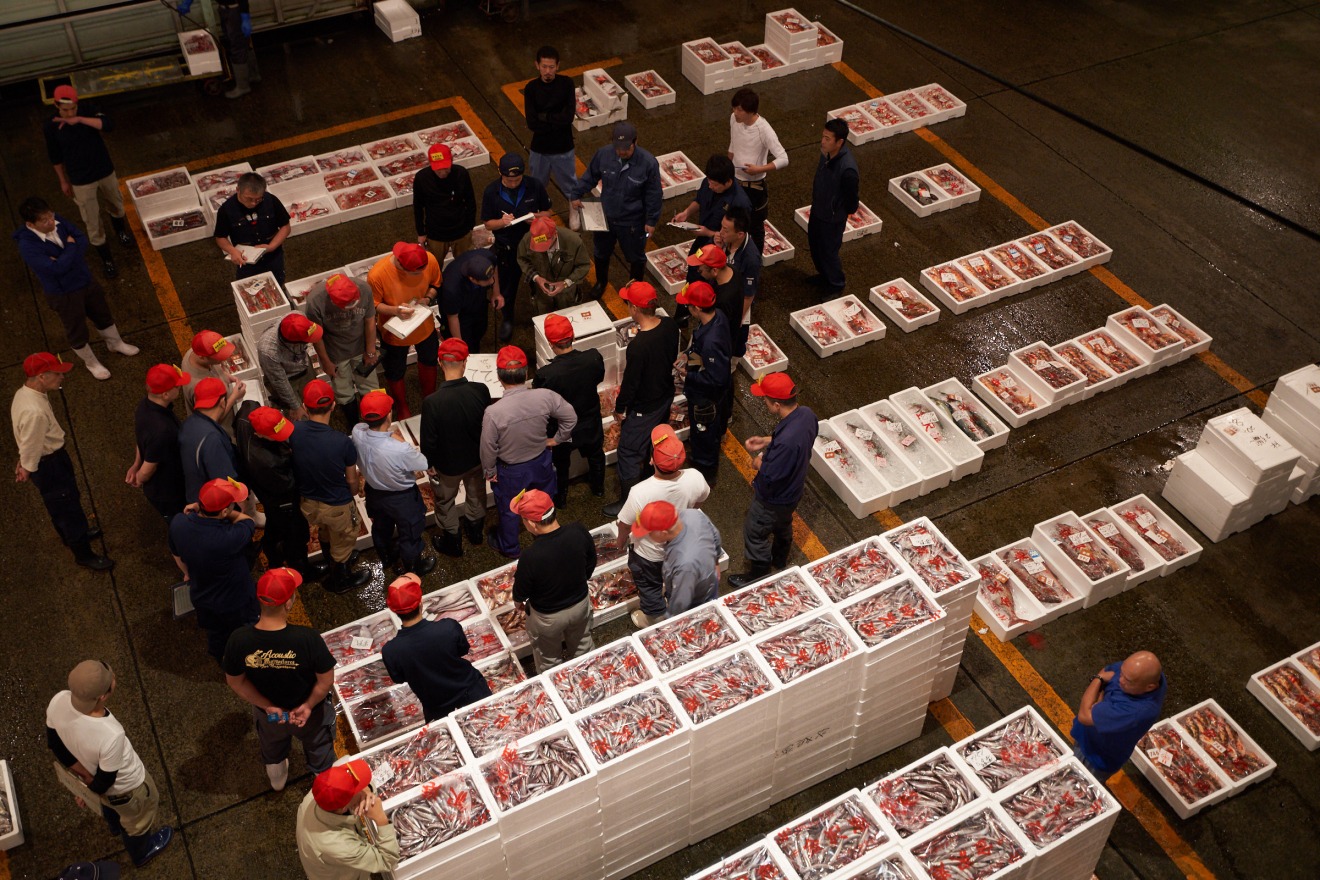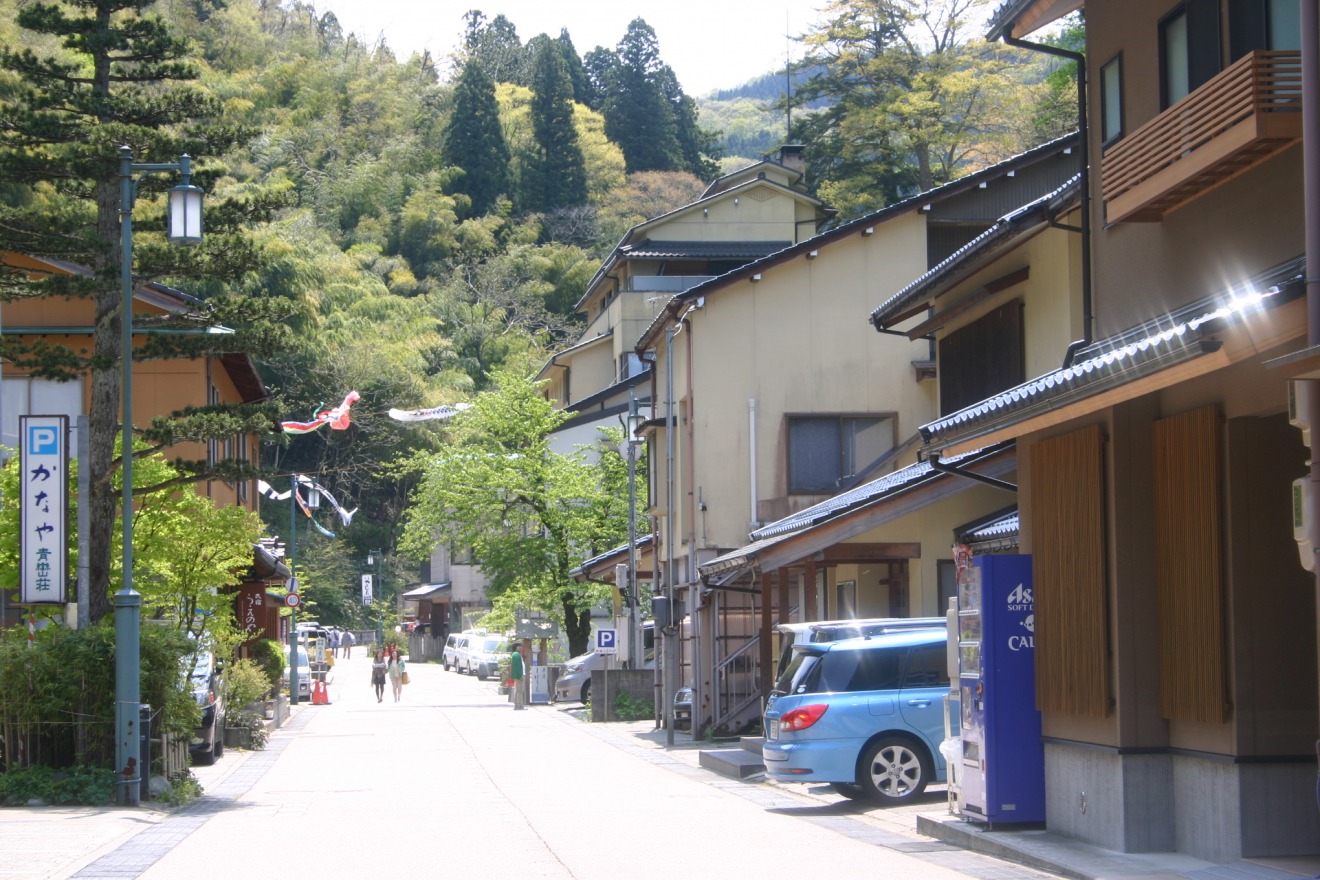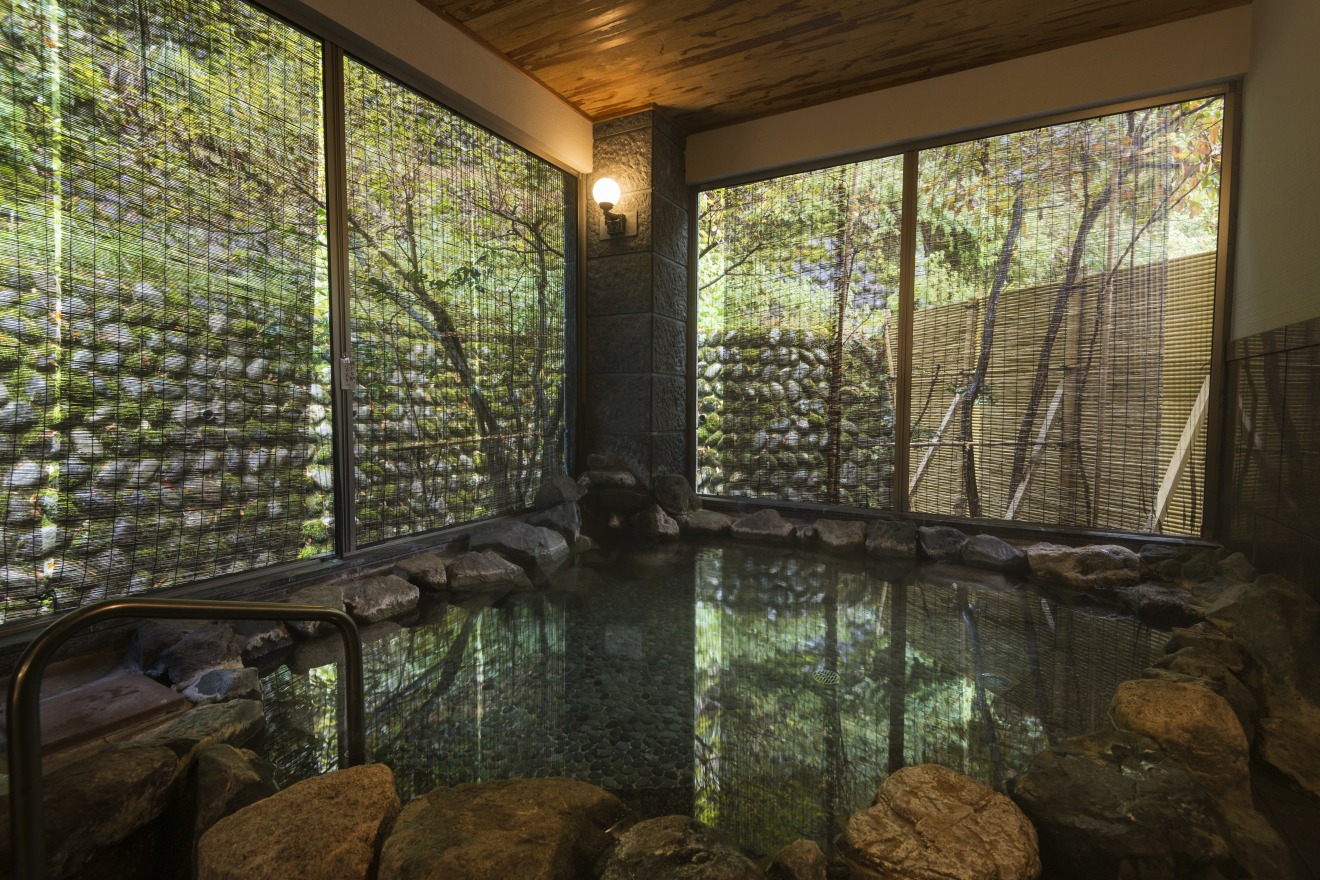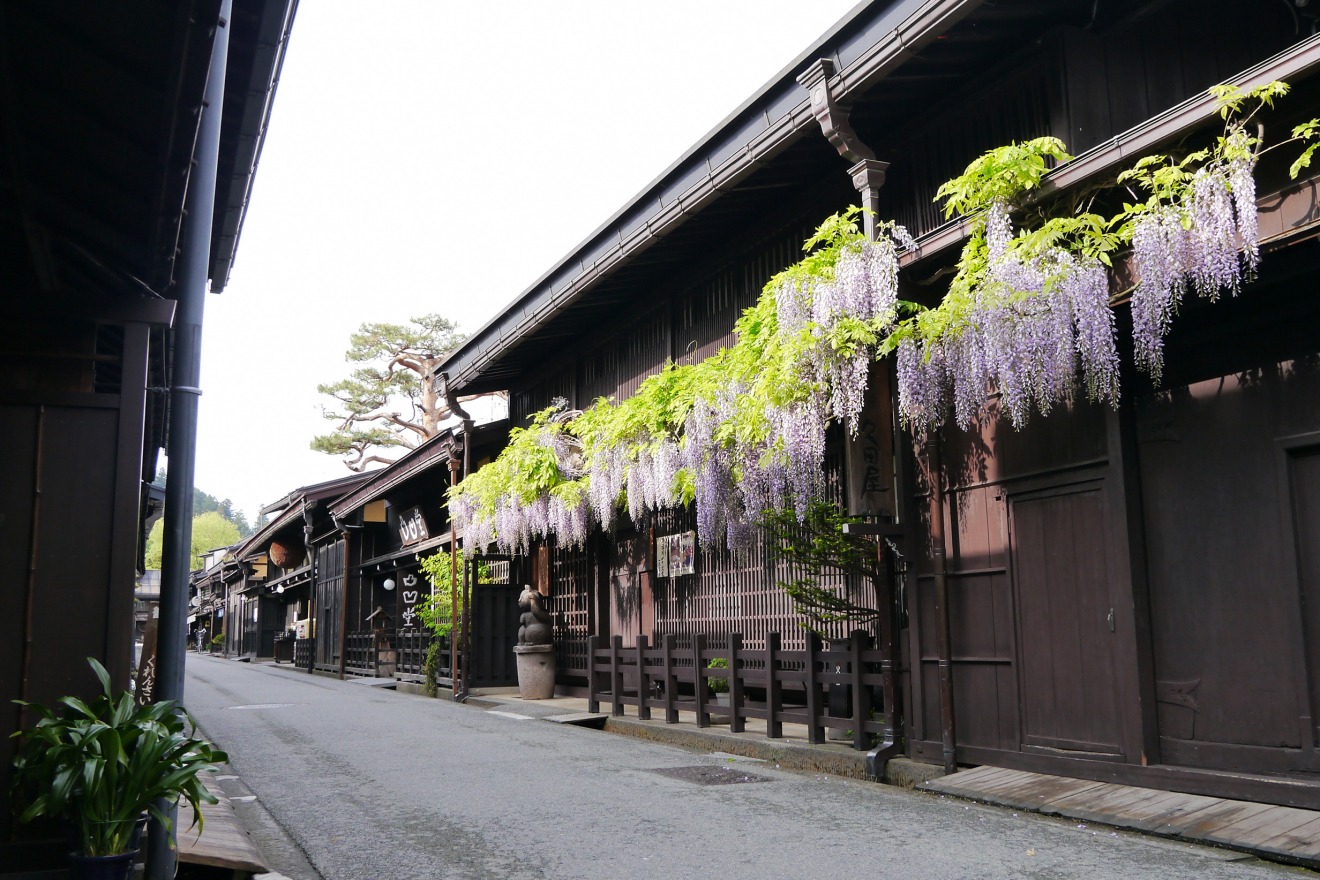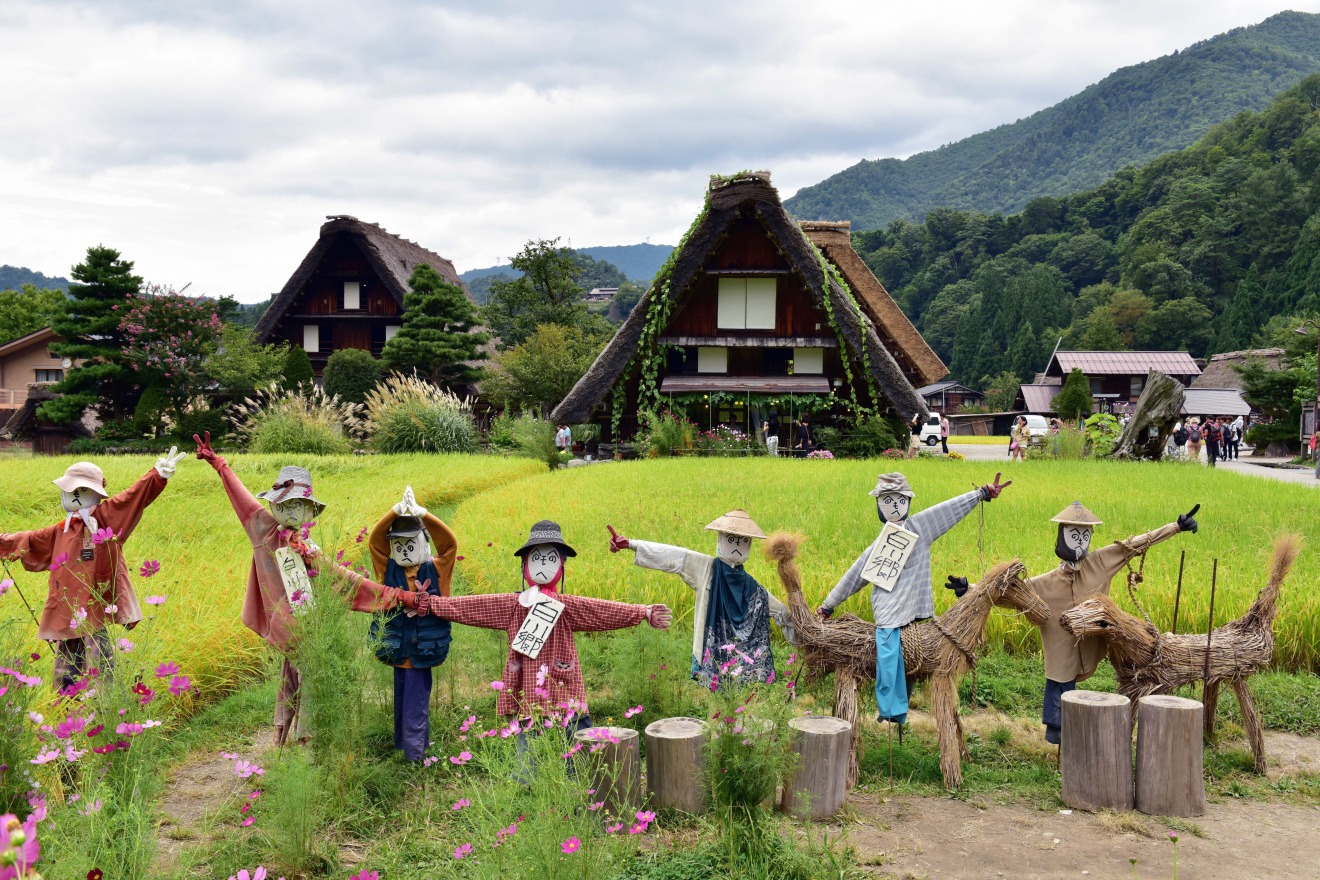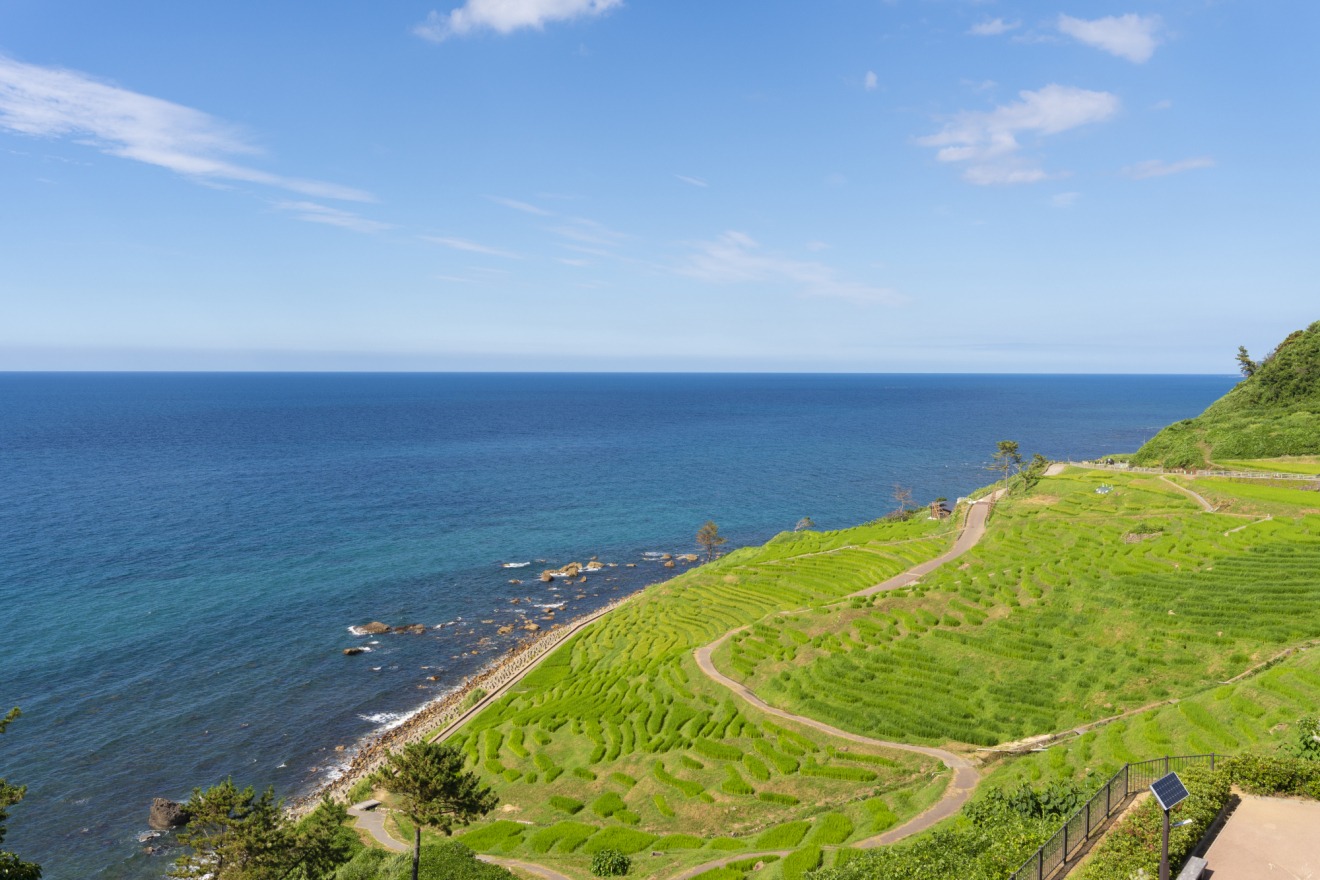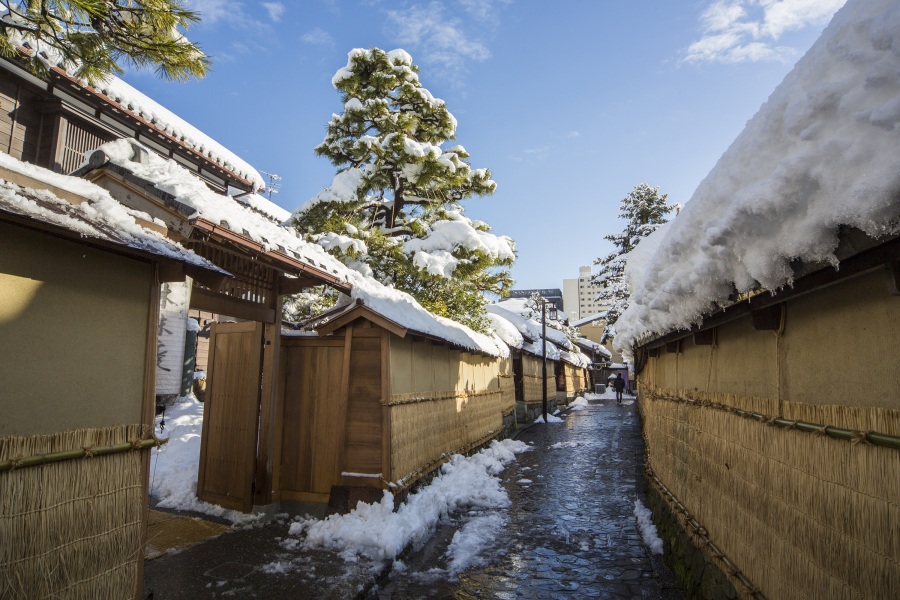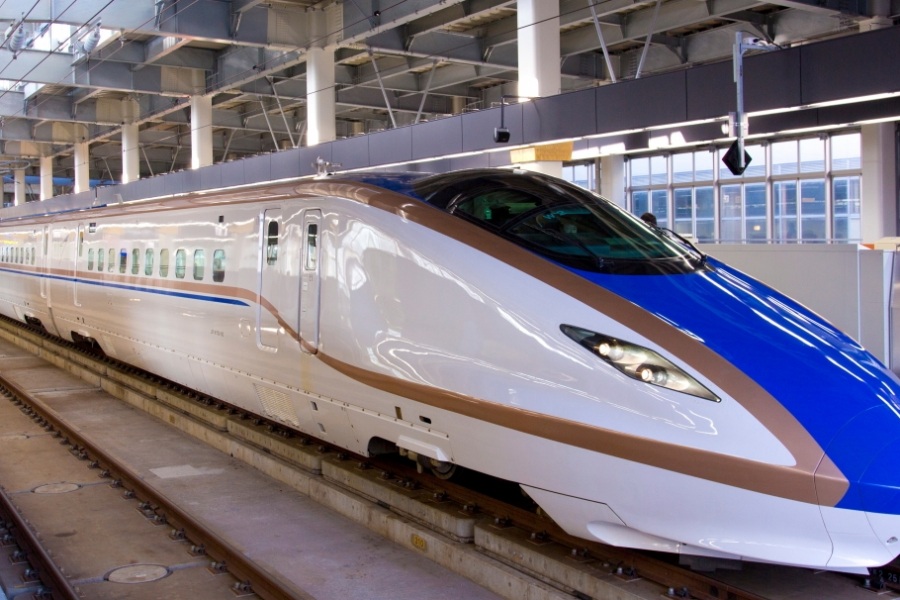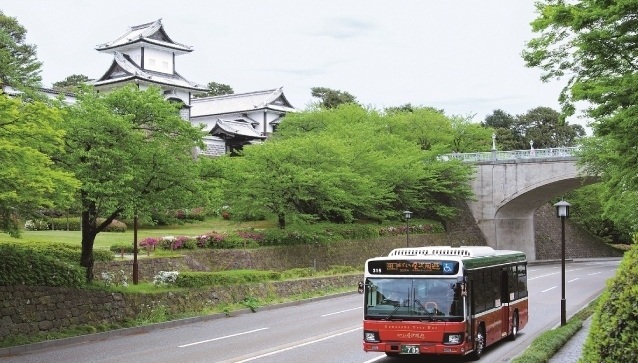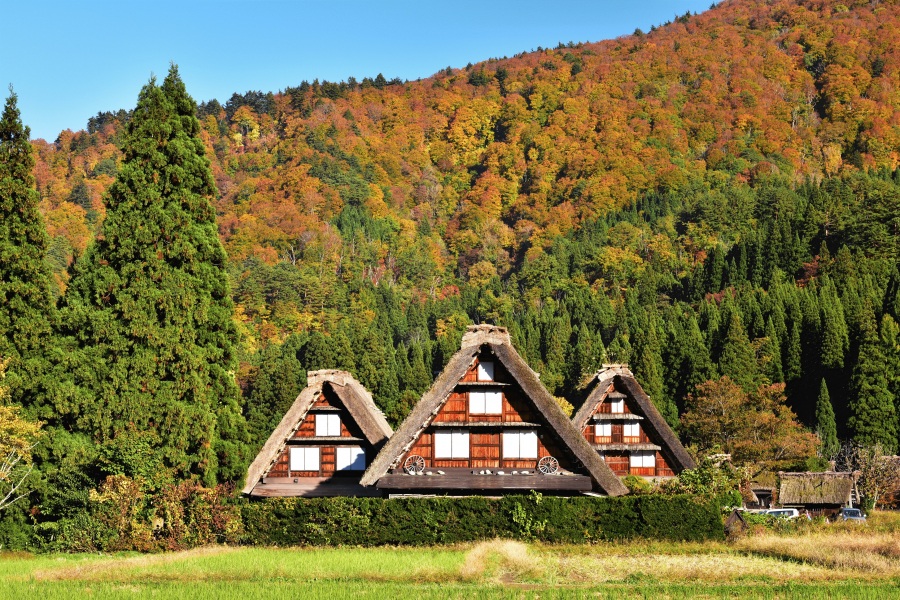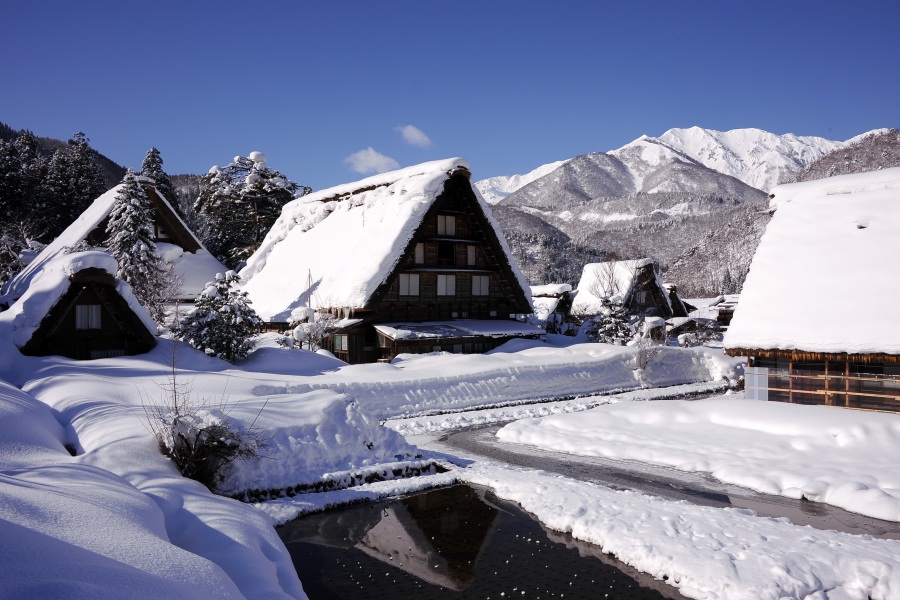10 Reasons to Visit Kanazawa City
If you're planning a visit to Japan for the first time, Kanazawa may not have been at the forefront of your mind when making your itinerary. A lot has changed throughout the city’s long history and now, it's time for modern Kanazawa to shine! With convenient access from many popular destinations around Japan, here are 10 great reasons why you should make Kanazawa part of your Japan experience.
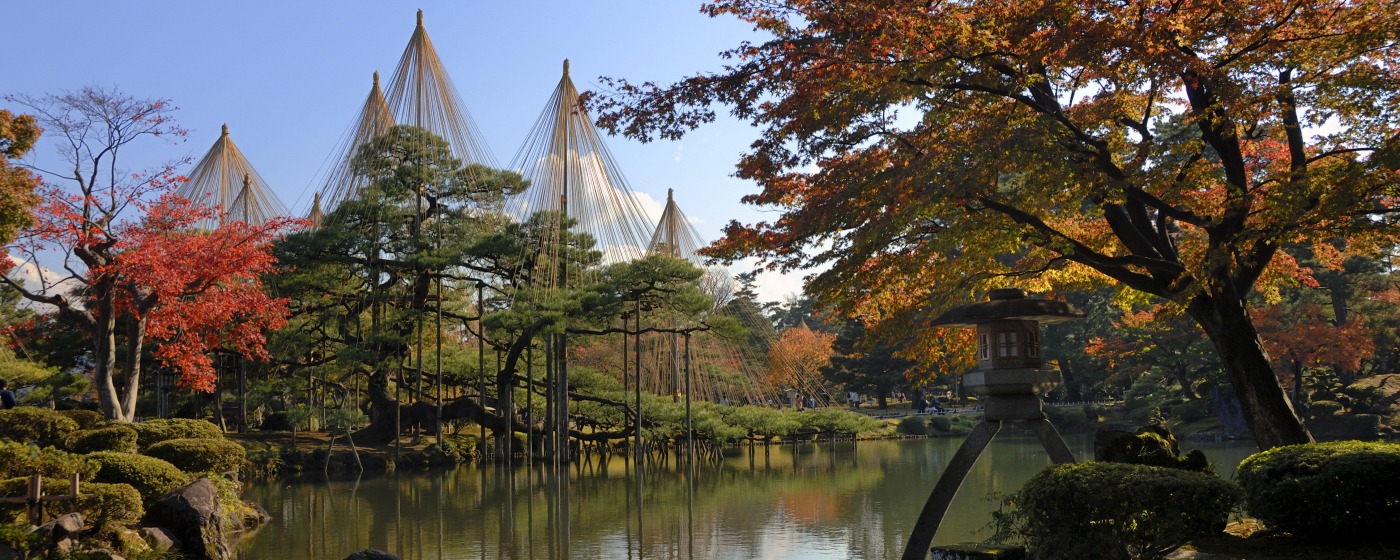
1. Kanazawa is easy to visit from many major destinations in Japan
We've already established this, but along with the ultra-fast Hokuriku Shinkansen trains that travel between Tokyo and Kanazawa in about 2.5 hours, there are additional express trains from Kyoto, Osaka, and Nagoya, which also connect to Kanazawa in 2.5 hours.
Using the convenient Japan Rail Pass or the special Hokuriku Arch Pass available only to international tourists, you can enjoy 7-days of all-you-can ride train travel between Tokyo and Osaka via Kanazawa Station to enjoy other regional destinations along with Kanazawa city.
2. It has been the cradle of Japanese traditional culture and arts for the last 400 years
From the time the Maeda family lords of the Kaga domain gathered skilled craftsmen from all over Japan in the 17th century, Kanazawa became the epicenter of dozens of traditional crafts and arts. From the elegance of the Japanese tea ceremony to the extravagance of kinpaku gold leaf decoration to the awe-inspiring performances of real geisha, Japanese culture has flourished in this city that is known for its love of arts and crafts.
Kanazawa boasts many fantastic museums dedicated to arts and crafts, including the National Crafts Museum, relocated here from Tokyo in 2020. Kanazawa was recognized in 2009 as a UNESCO Creative City of Crafts and Folk Art. And more than just observing, Kanazawa offers many opportunities to participate in Japanese culture, from dressing in lavish Kaga Yuzen kimono to lessons on making the local Kaga cuisine.
3. Traditional culture, arts and crafts continue to be nurtured and protected in Kanazawa
As the demand for many traditional crafts has faded in modern times, some have become endangered, with fewer and fewer artisans left to keep them alive. With a large population of craftsmen and people who value the traditions behind these crafts, Kanazawa city serves to nurture and protect these endangered art forms. You'll find many local artisans innovating new products using traditional techniques, keeping these age-old crafts relevant in the modern age.
4. Kanazawa is an authentic castle town
From the Edo Period, when the Shogun Tokugawa ruled Japan, Kanazawa became an important castle town for the Kaga Domain. Responsibility for defending castles fell on the samurai, who lived in neighborhoods surrounding the castle where they could quickly be summoned in the event of an attack. Many of these neighborhoods are still intact today, and a stroll through them reveals a lot about Kanazawa’s samurai history.
But the samurai culture wasn't only about fighting; as peace continued through the Edo Period, samurai became well-educated and cultured. Noh theater, tea ceremony, and traditional crafts thrived in Kanazawa largely due to the refinement of the samurai class and their interest in these higher forms of culture. Visit the former homes of prominent samurai families to see their collections of artwork, elegant tea rooms, and stately private gardens.
5. A cutting-edge modern art and architecture scene
Kanazawa may be rooted in tradition, but that doesn't mean it is stuck in the past. This fact first becomes evident when you arrive at Kanazawa Station, voted one of the most beautiful train stations in the world by Travel + Leisure magazine. The glass and steel minimalism of the Motenashi Dome is offset perfectly by the warm wood and elegant twist of Tsuzumi-mon, the wooden gate welcoming visitors to the city.
Contemporary art and architecture are right at home alongside historical areas. Just beyond the walls of Kenrokuen Garden, you'll find fresh and modern museums like the D.T. Suzuki Museum, designed with the ideas contained in the Zen philosophies of its namesake. The 21st Century Museum of Contemporary Art, Kanazawa, not only contains fabulous examples of modern art, but artistic works can also be found spread around the large open space surrounding it.
6. A foodie’s dream come true
Unique vegetables produced exclusively in the Kanazawa area. Delicious ingredients from the abundant waters of the Japan Sea. Confectioneries cultivated in Kanazawa's tea culture for centuries. With a veritable infinite variety of foods and ingredients, enjoy the taste of Kanazawa along with its sights and sounds. And don't forget the locally produced sake made to pair perfectly with Kaga cuisine.
Winter is a particularly delicious season for eating out in Kanazawa when delicacies like snow crab come into season. As the Japan Sea becomes colder, the yellowtail served as sashimi becomes fattier until it nearly melts in your mouth. Hot dishes like the unique style of oden hot pot served in Kanazawa taste even more soul-warming on a snowy night.
Not sure what you want to eat? Wander the streets of Kiguramachi until the sight or smell of something delicious lures you into one of the many local establishments.
7. Kanazawa’s culture is immersive
Unlike some cities where culture seems segmented or isolated to specific neighborhoods, Kanazawa's culture surrounds you, draws you into it. Wherever you choose to wander, wonders abound: peaceful side streets lined with buildings from another era, the bustle of Omicho Market where residents have shopped for seafood and produce for centuries, tea rooms in serene gardens. Life in Kanazawa feels interconnected, not disconnected.
8. Easy to navigate on foot or public transportation
It isn't a coincidence if Kanazawa feels like a more accessible city than most. It's by design — design from centuries ago when the city grew up around Kanazawa Castle. Samurai neighborhoods, markets, and entertainment districts sprang up just outside the castle moat and mostly remain in their original locations within walking distance of the castle and each other. For locations that are a bit more spread out, Kanazawa's public transportation system, including a circular bus route that connects major areas of interest around the castle, helps visitors get from point A to point B in no time. Machi-nori is a shared electric bicycle service that enables you to easily rent and ride electric bicycles around the city and leave them in specific locations close to your destination. Compared to the endless sprawl of big cities like Tokyo, Kyoto, and Osaka, Kanazawa is refreshingly easy to navigate.
9. The outskirts of Kanazawa city are quintessentially Japanese countryside
While the outskirts of large Japanese cities like Tokyo and Osaka are mainly suburbs, the outskirts of Kanazawa have the character of the typical Japanese countryside where the local people live in harmony with the natural beauty of the land and sea. Visit the seaside port of Kanaiwa where dozens of fishermen set out to sea daily to bring fresh catches of seafood to the city's markets. Nearby Ono is still a significant producer of soy sauce, as it has been for over a century, with around 18 active manufacturers.
Or head away from the shore and into the mountains, and you'll find the mountain resort of Yuwaku Onsen. Once the hidden hot springs for the enjoyment of the Kaga lords, this collection of hot springs inns and a public bath are now open for anyone who wants a place to spend a relaxing time within the city limits.
10. The perfect base camp for regional day trips
The mountains and coastlines around Kanazawa are full of towns and villages worth taking the time to explore. Kanazawa is conveniently located in the midst of popular destinations like the iconic village of Shirakawa-go, the historical townscapes of Takayama, and the rugged natural beauty of the Noto Peninsula. You can have a carefree day exploring the region using Kanazawa as your hub for comfortable accommodations and evening dining choices.
With so many great reasons, you should really be asking yourself why Kanazawa isn't already part of your dream trip to Japan! So browse the rest of our website to discover more of what our beautiful city has to offer.
